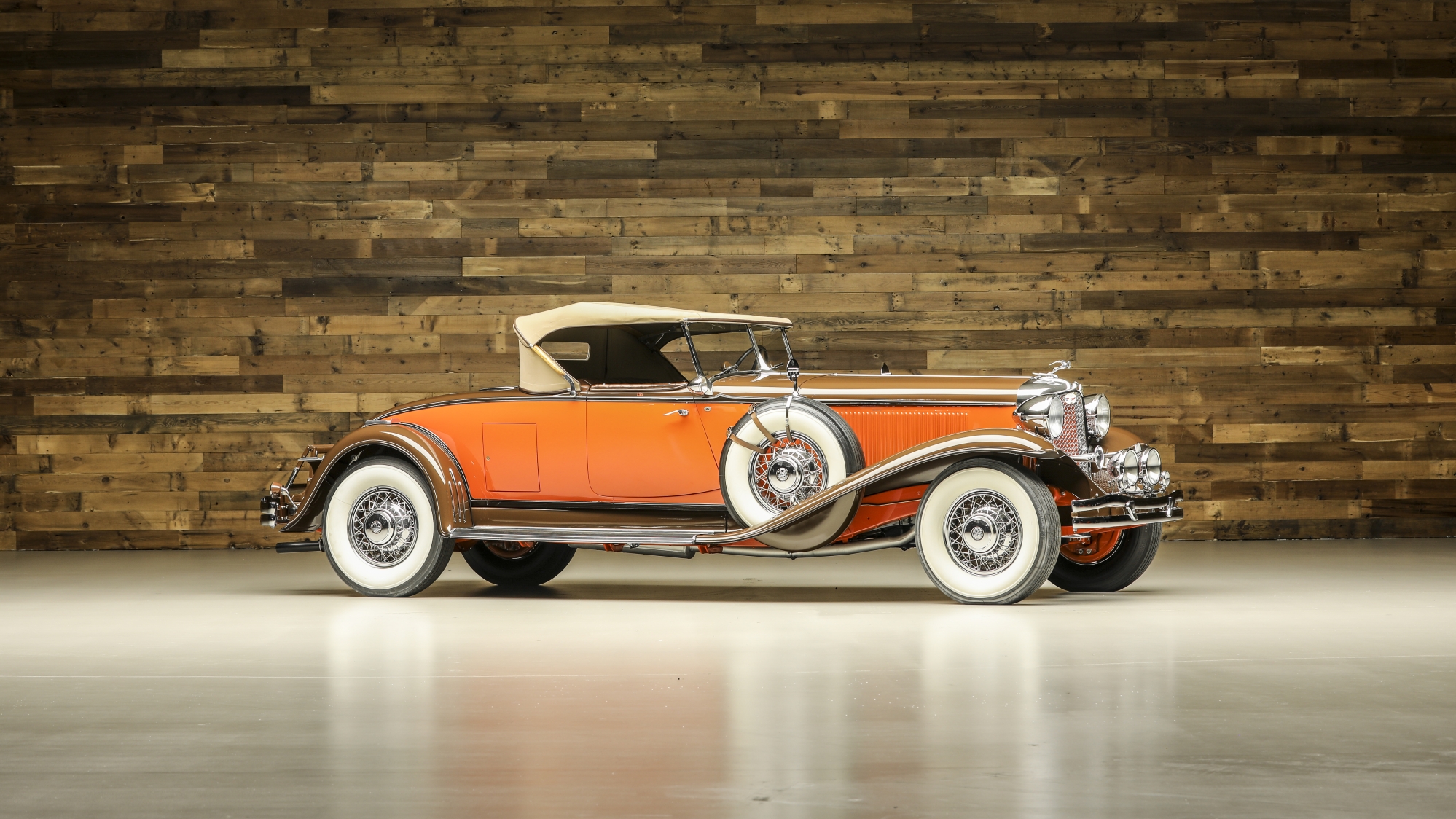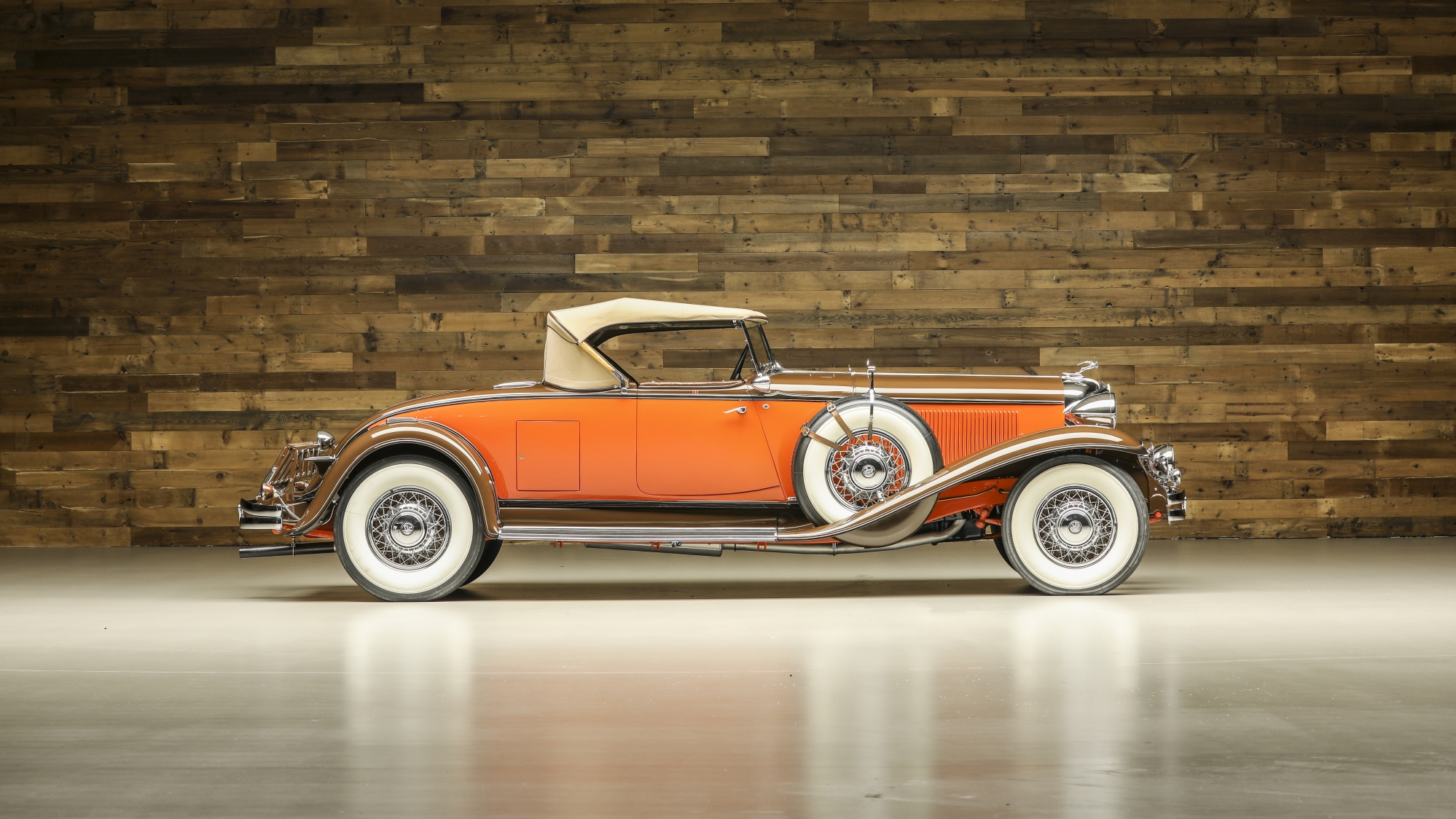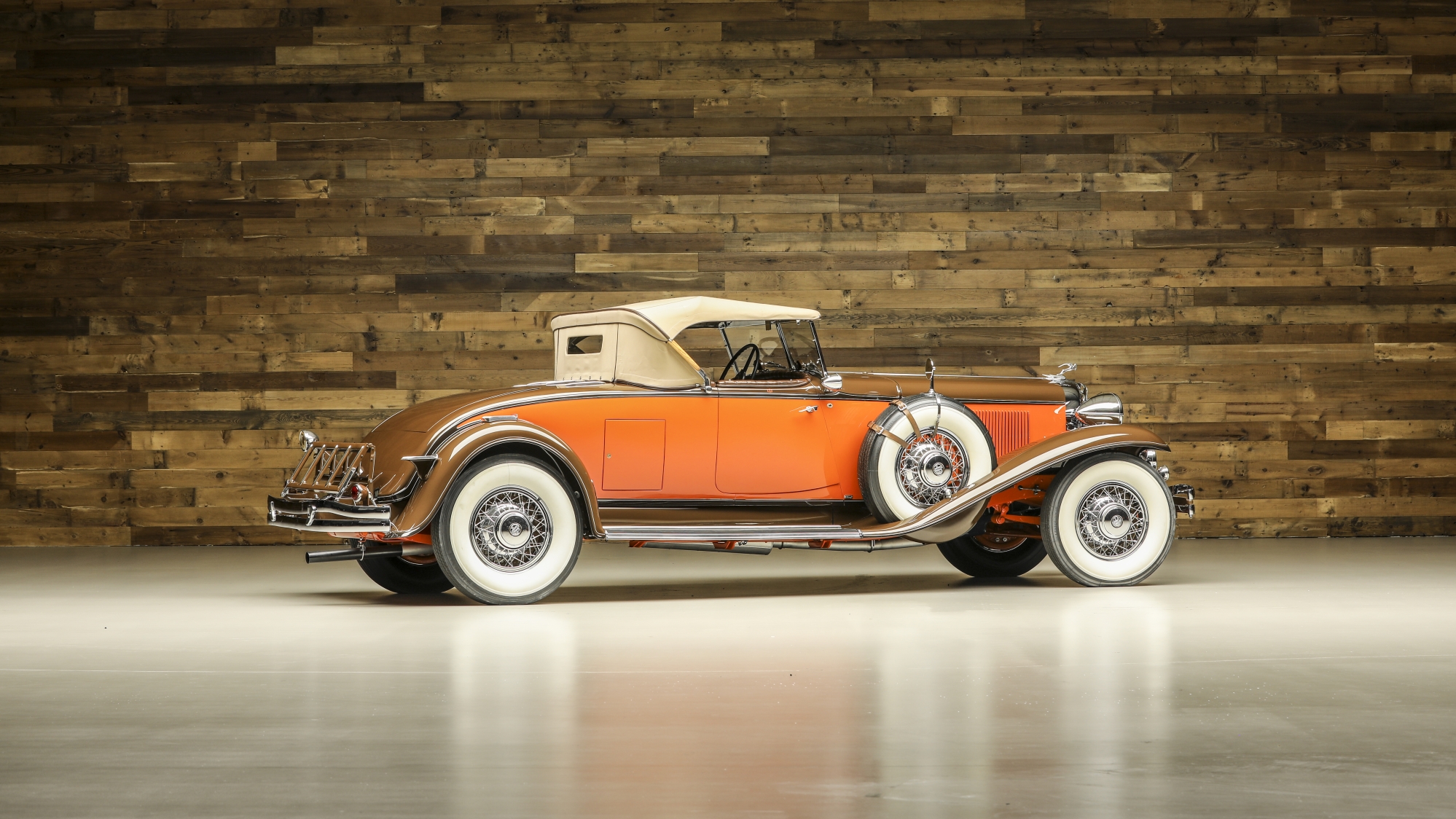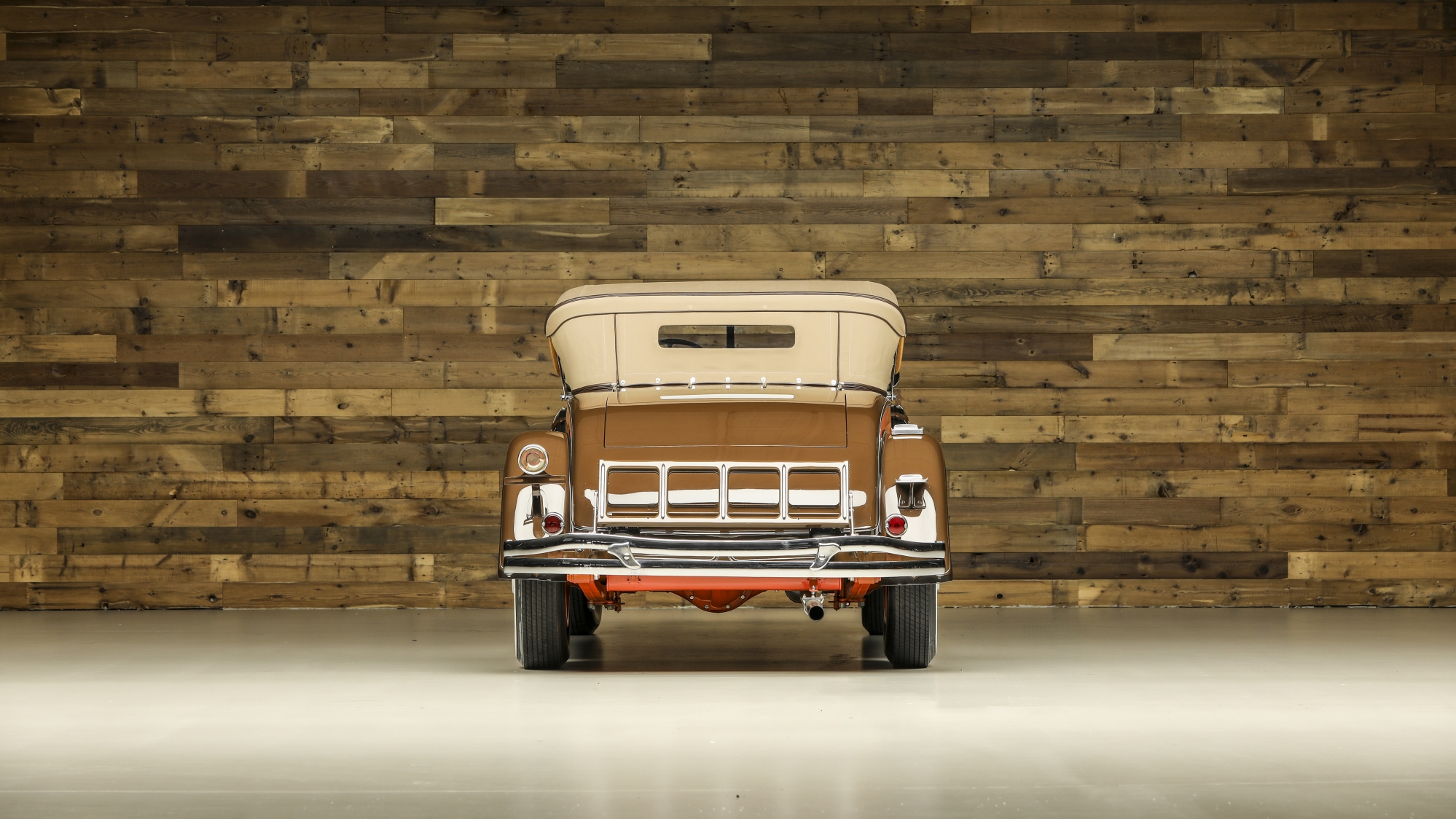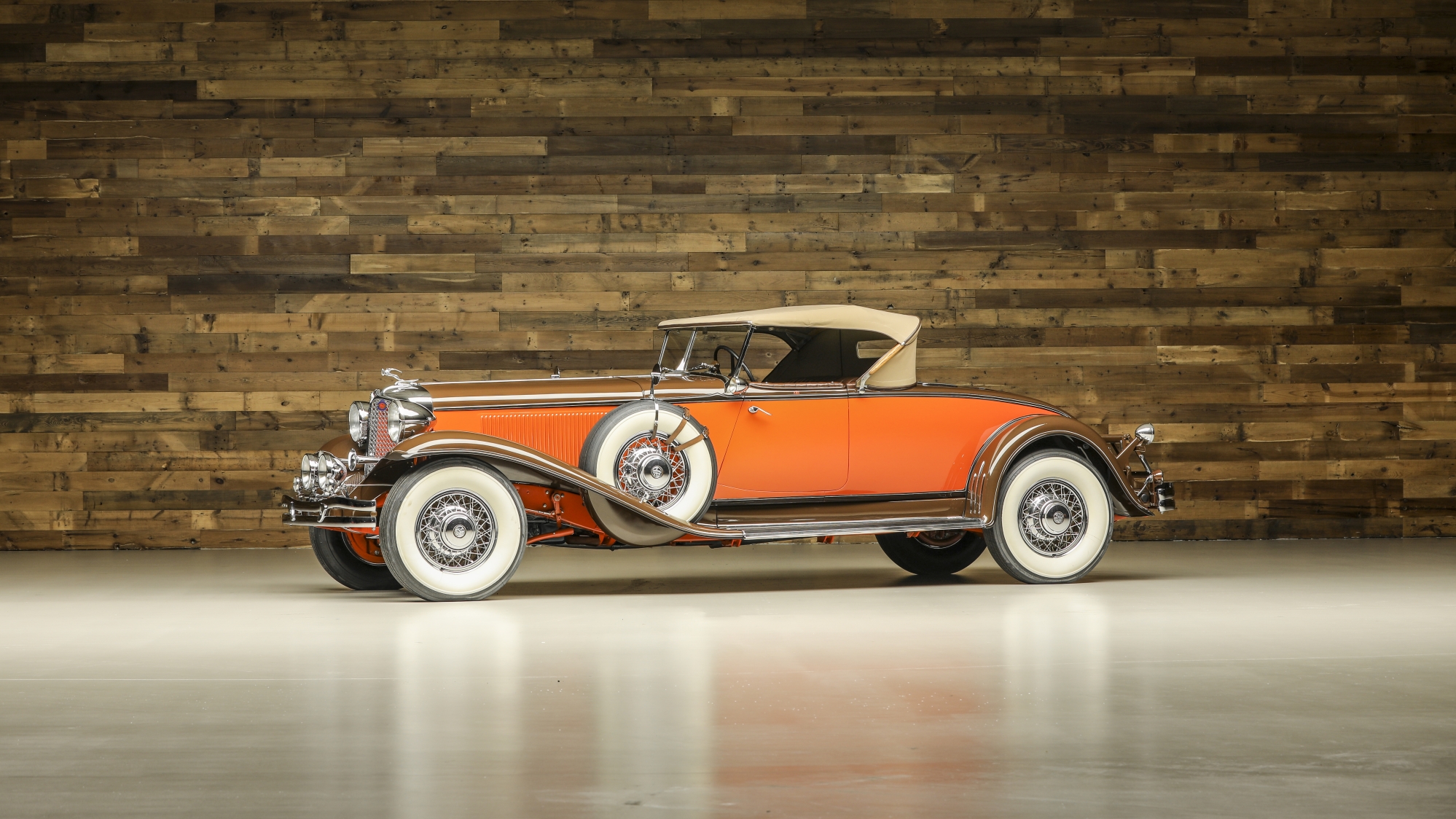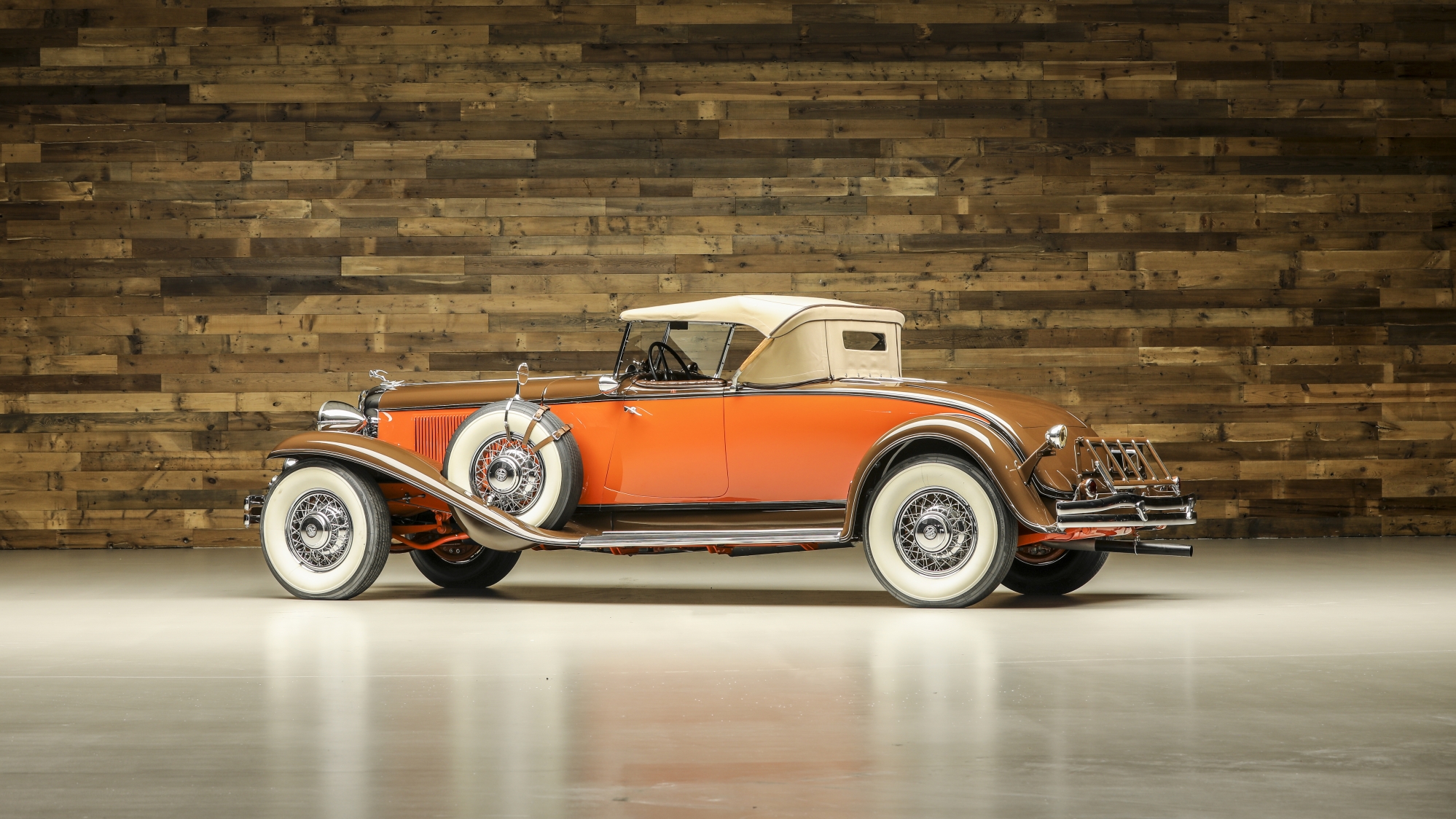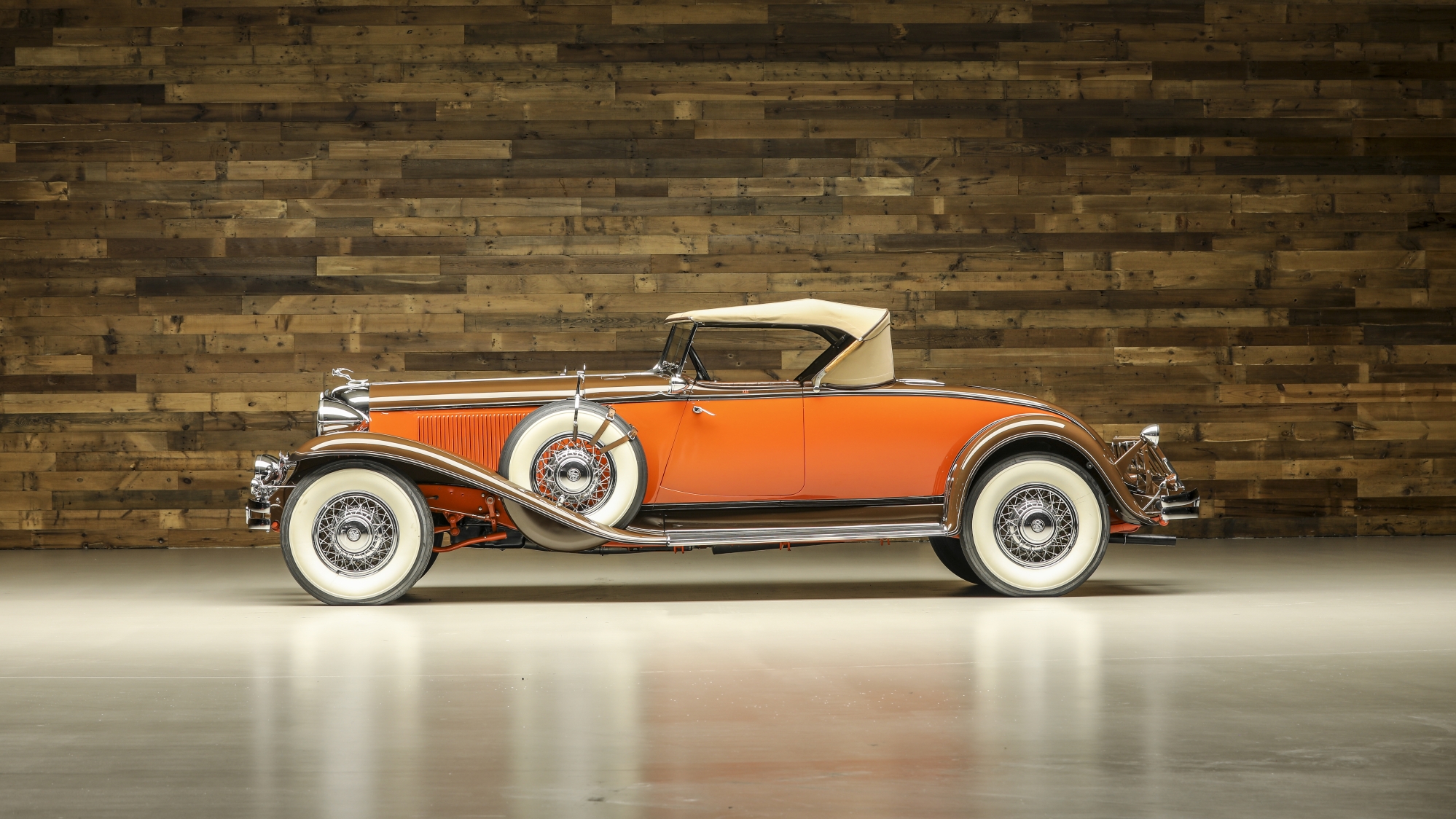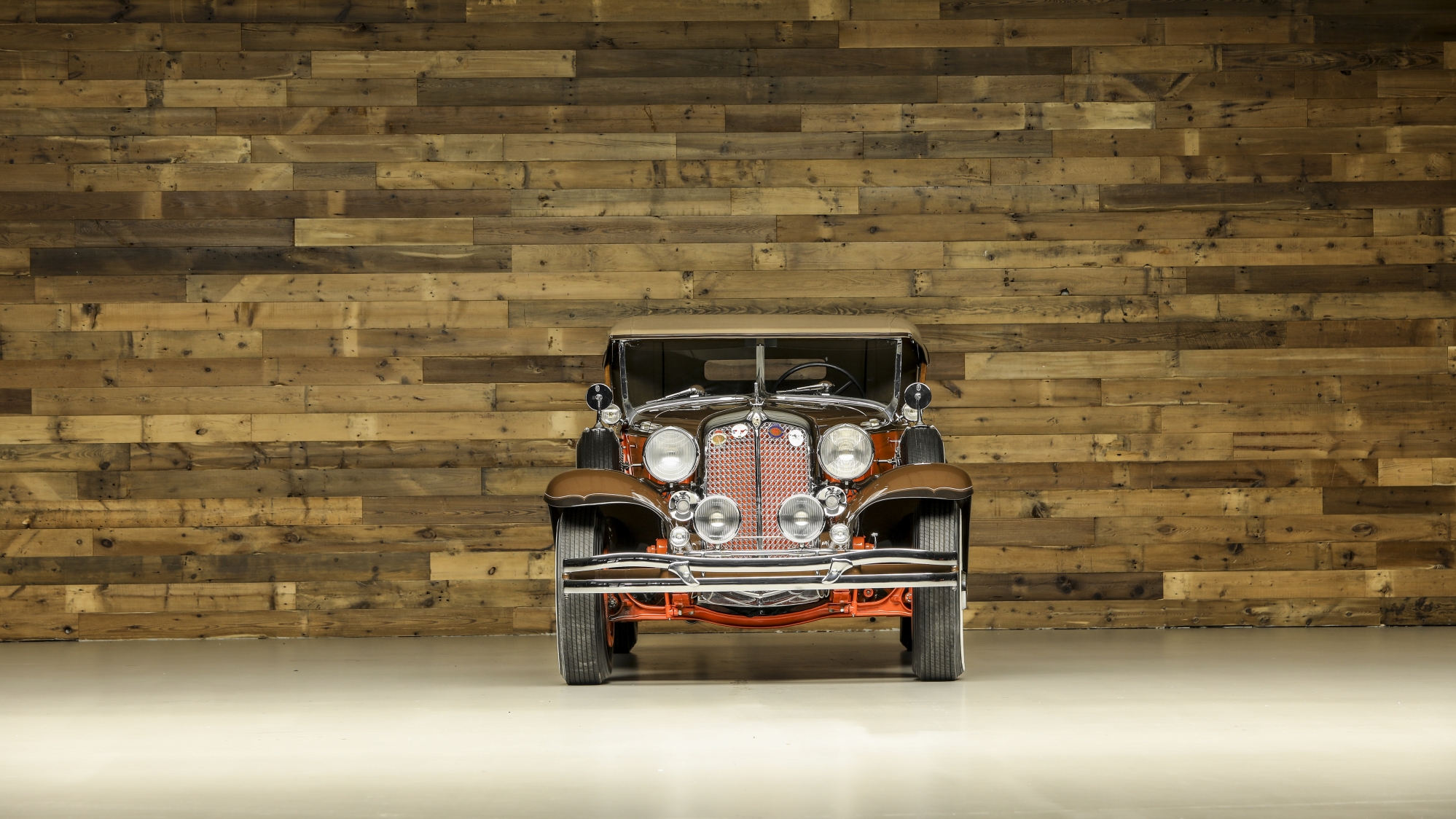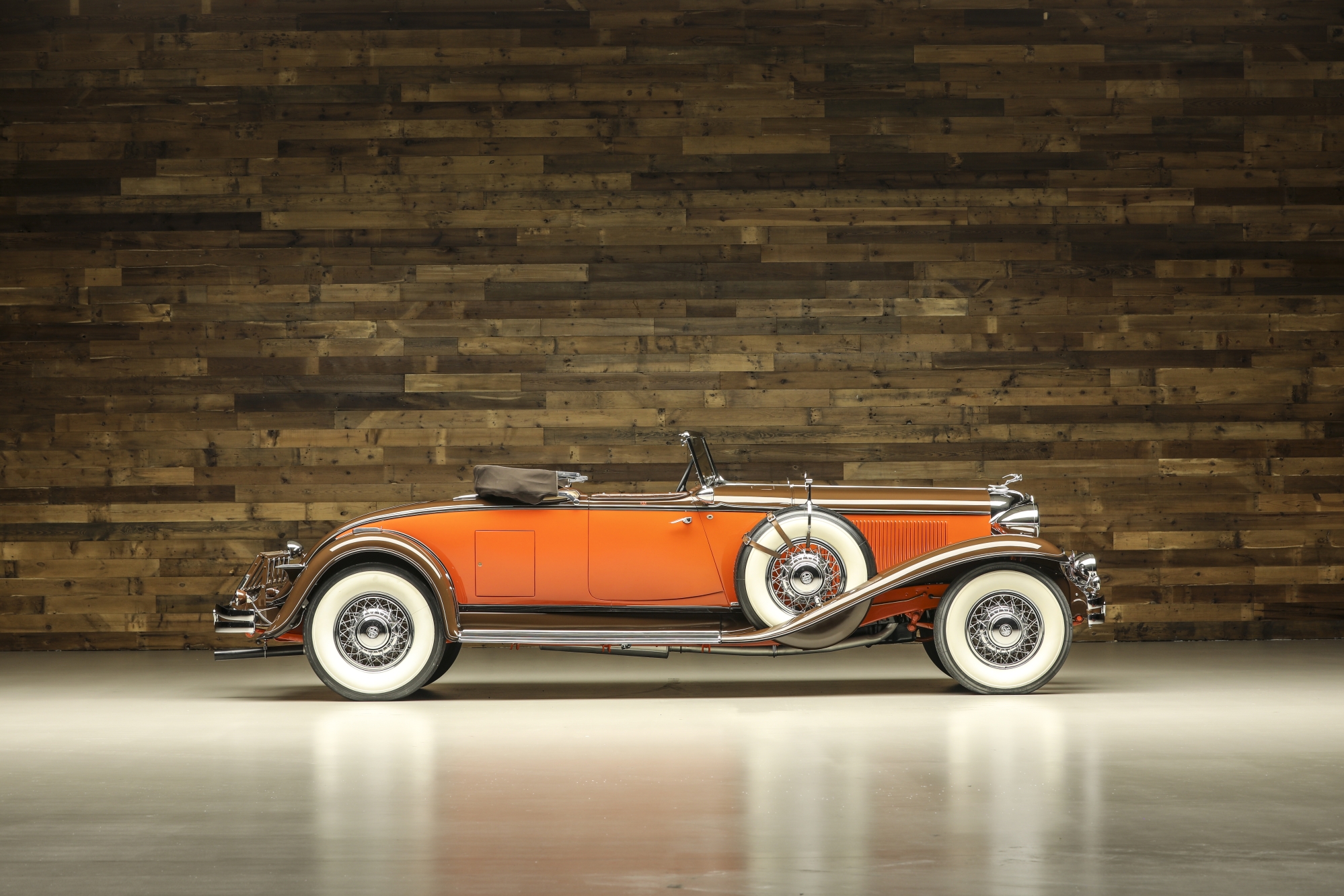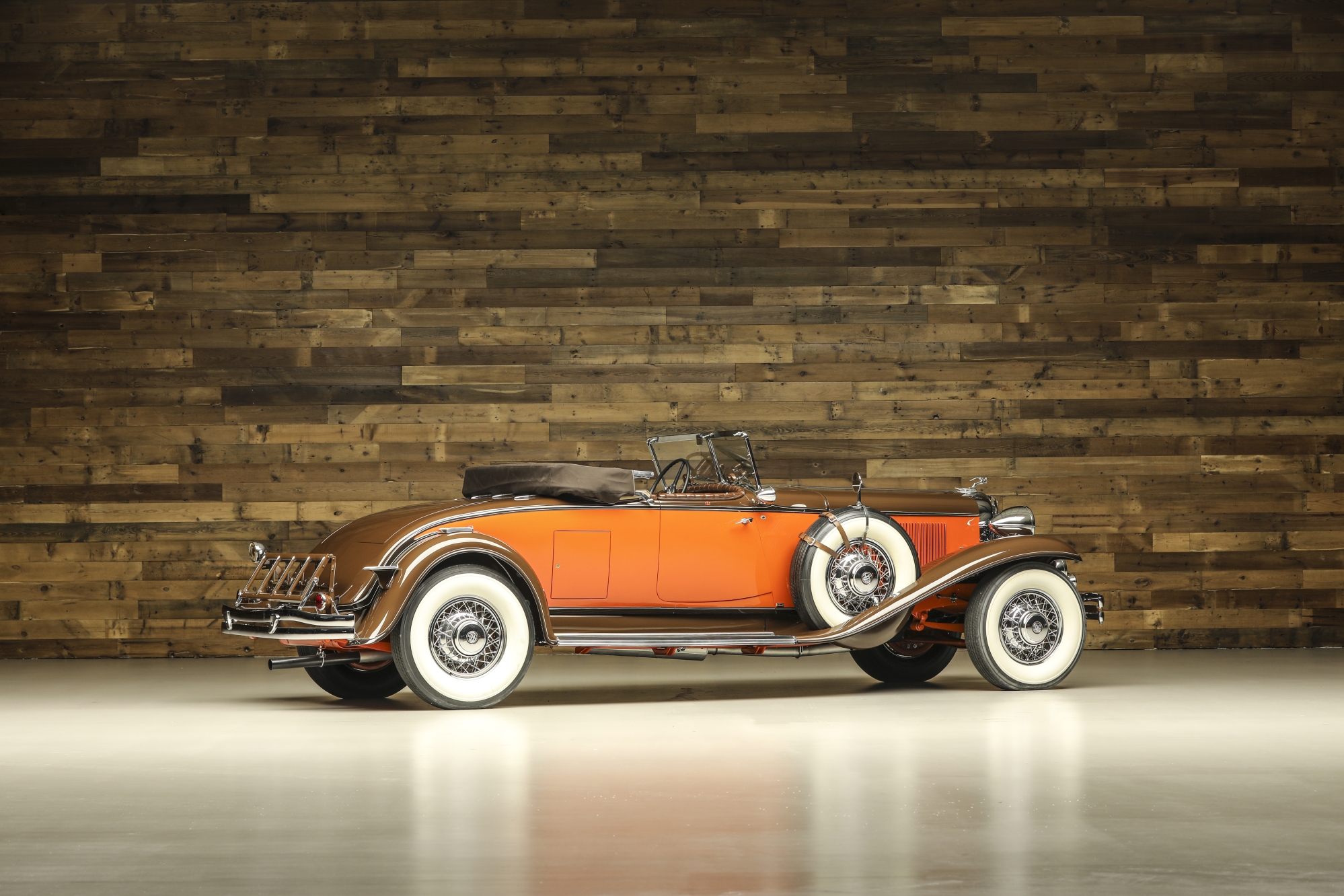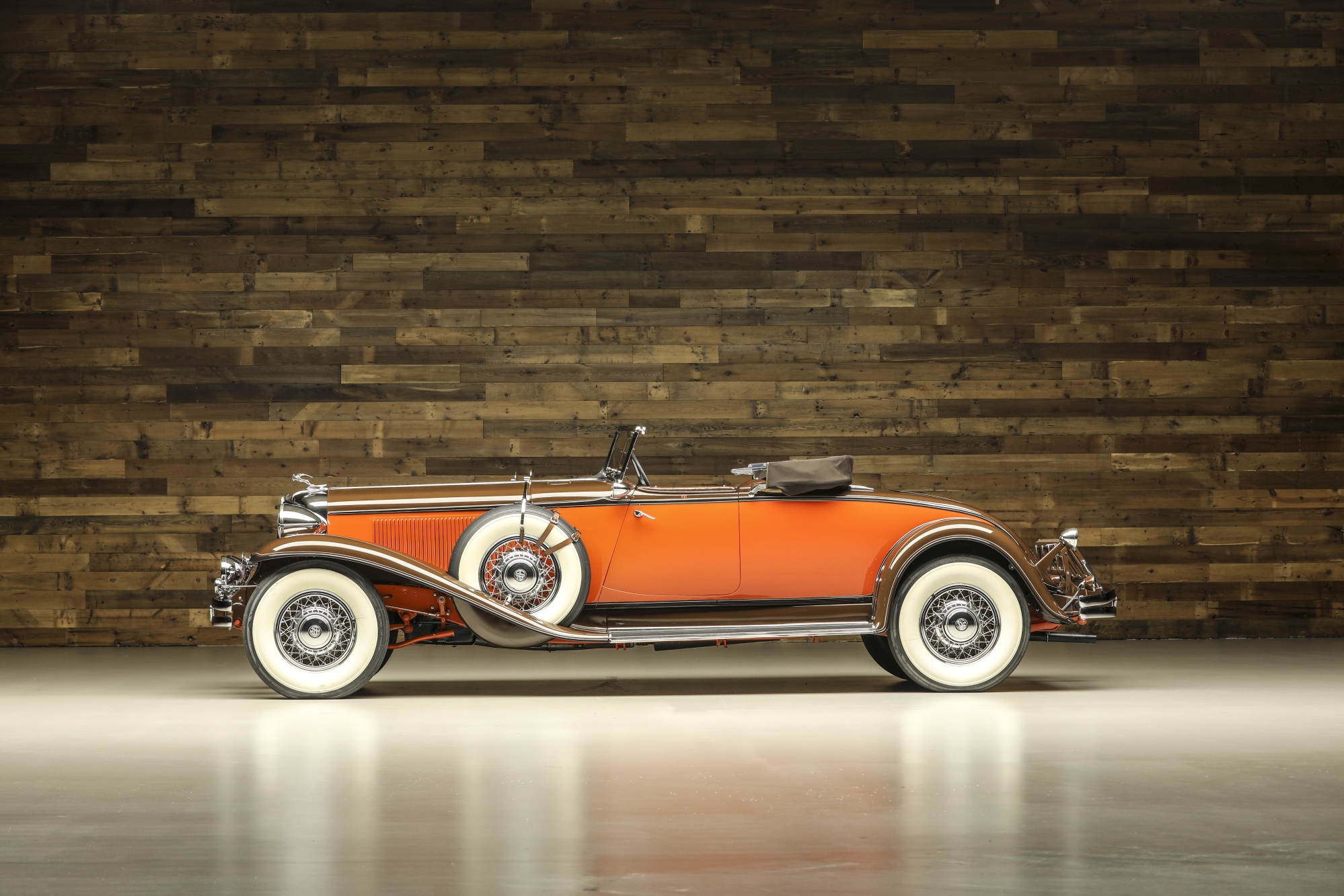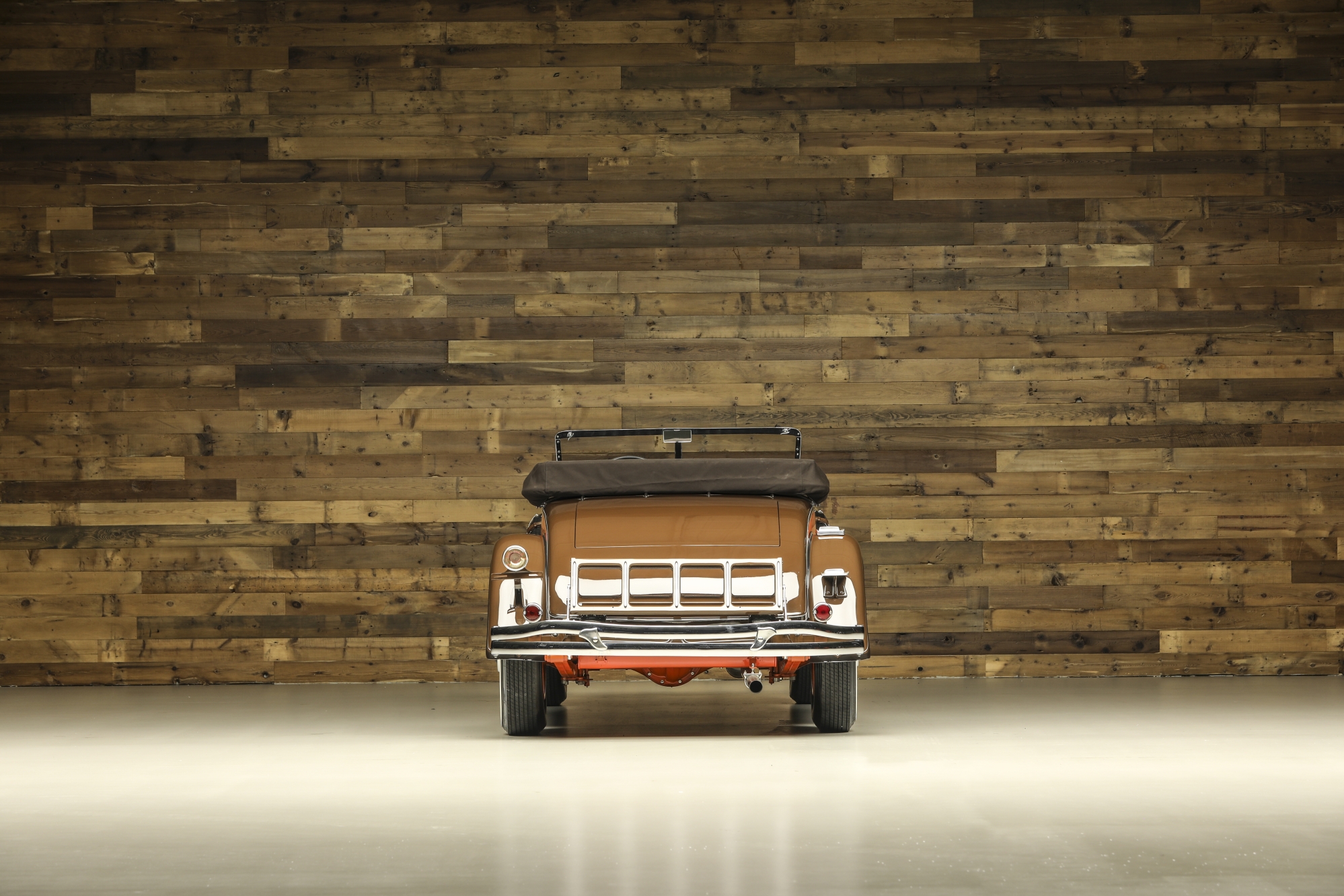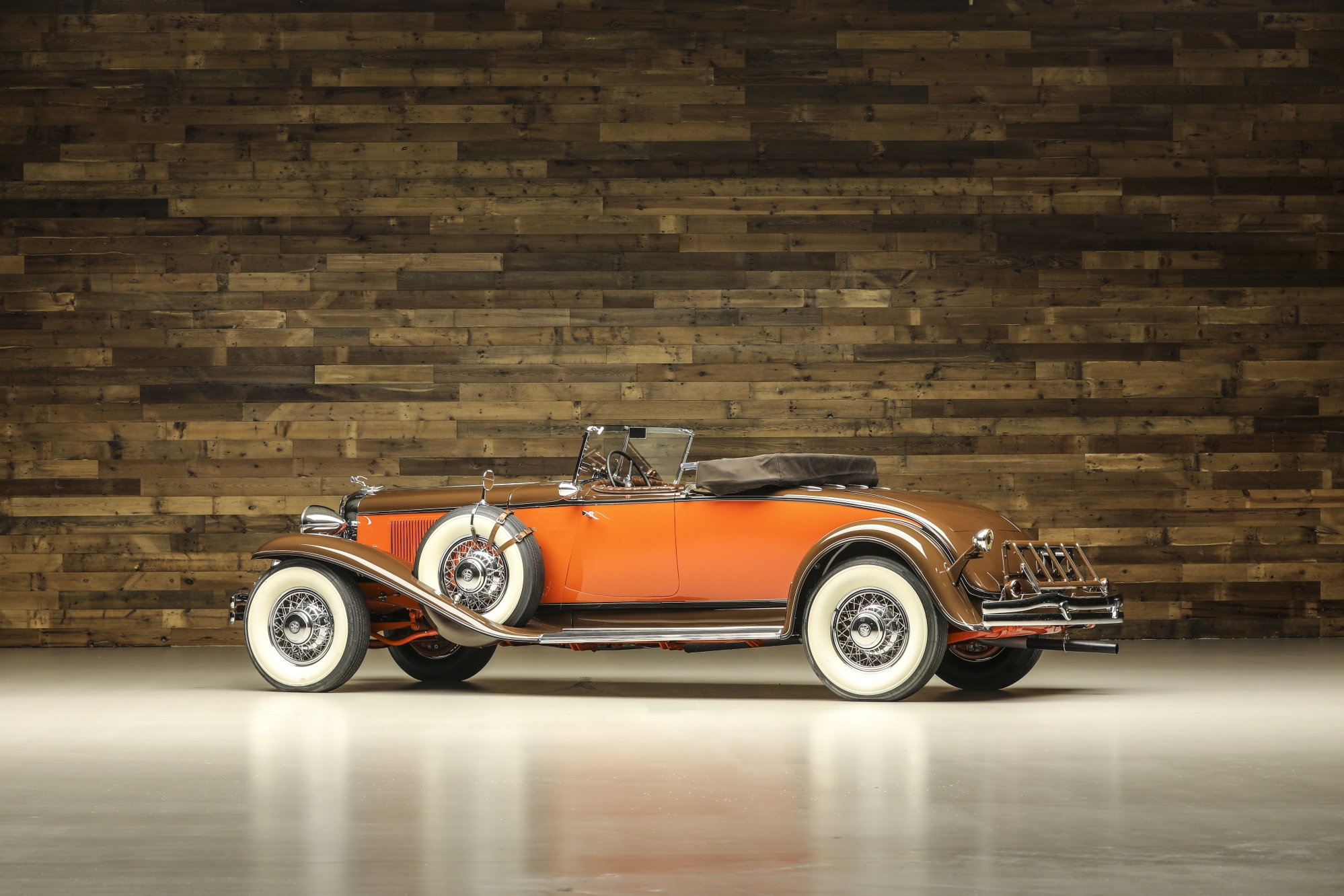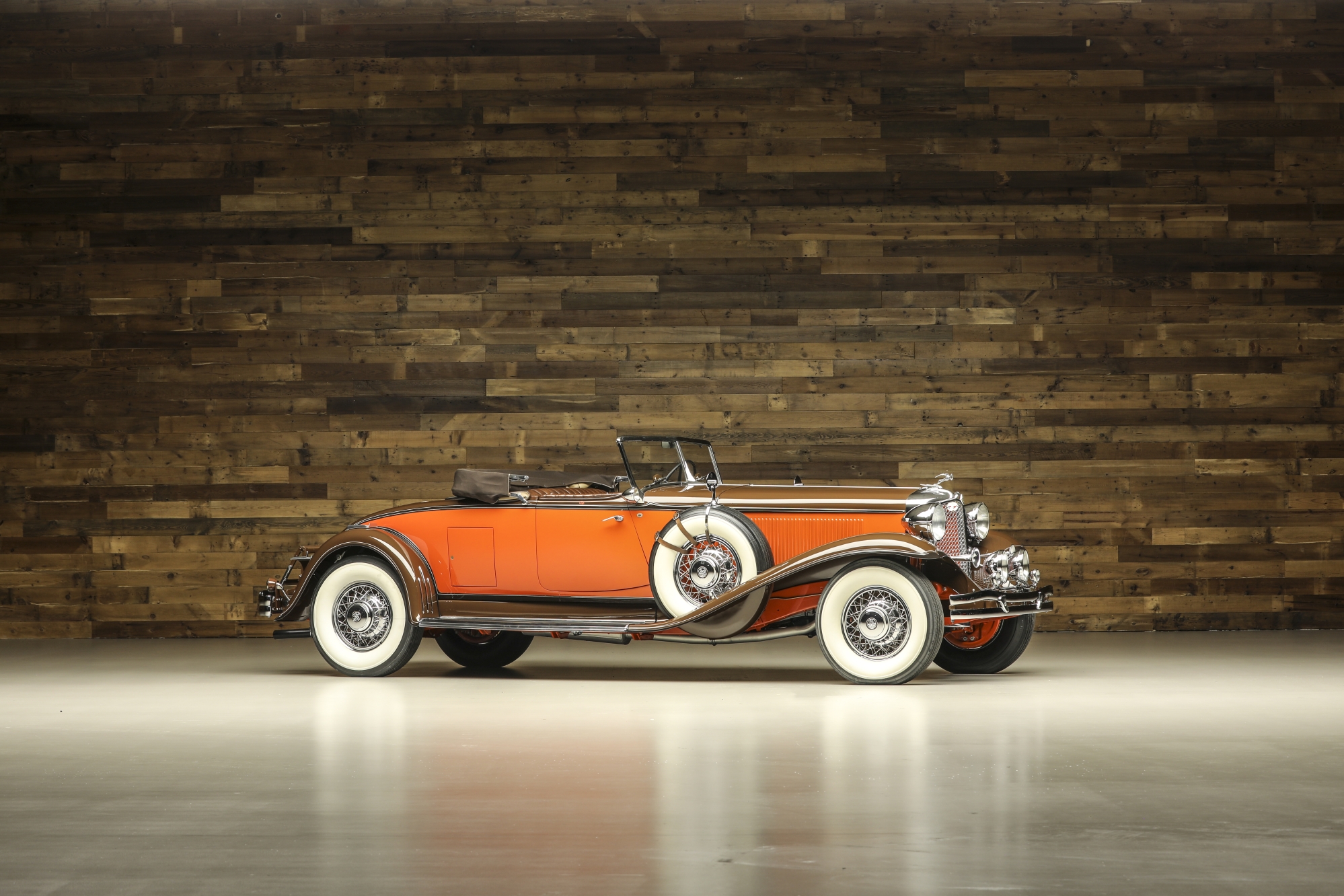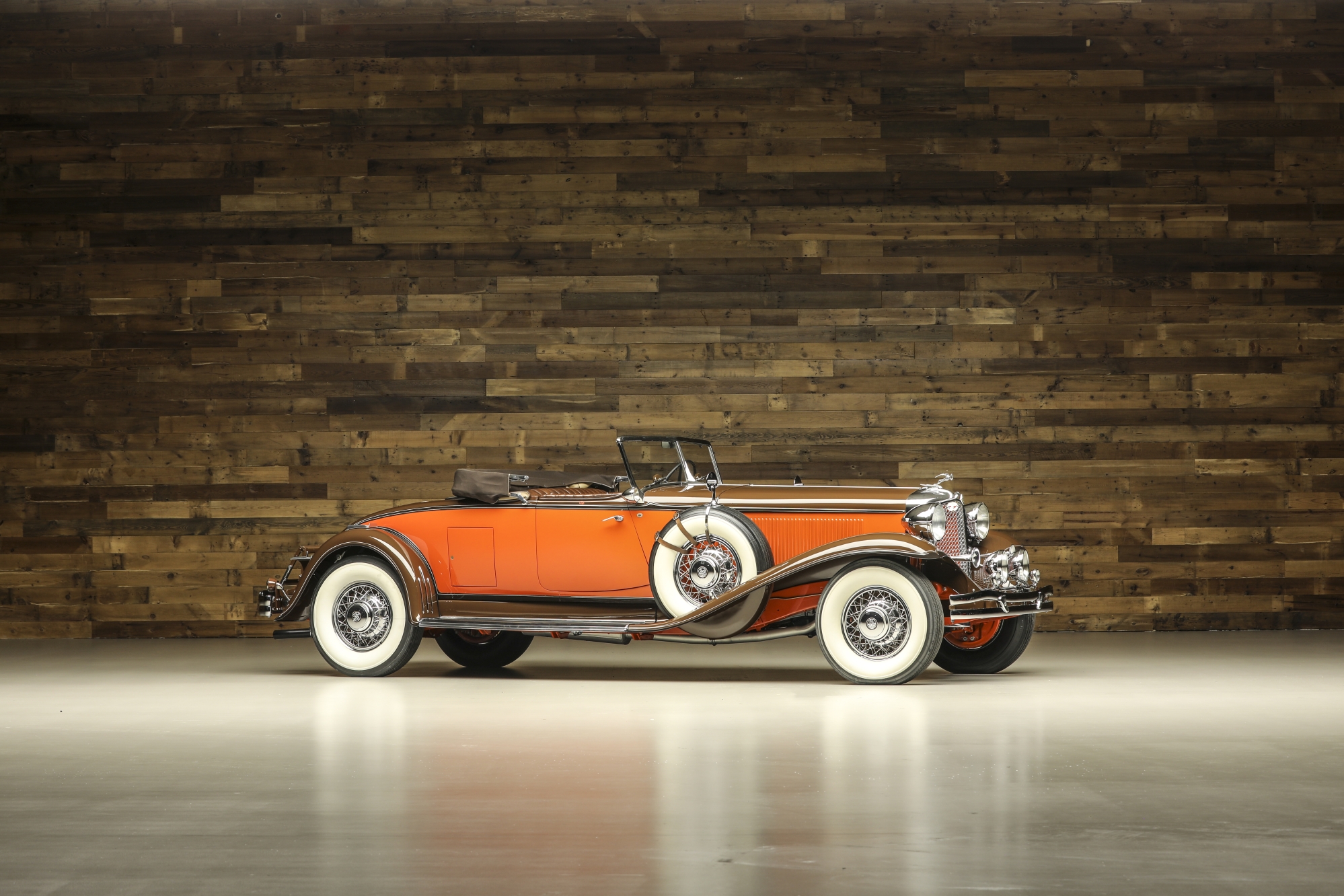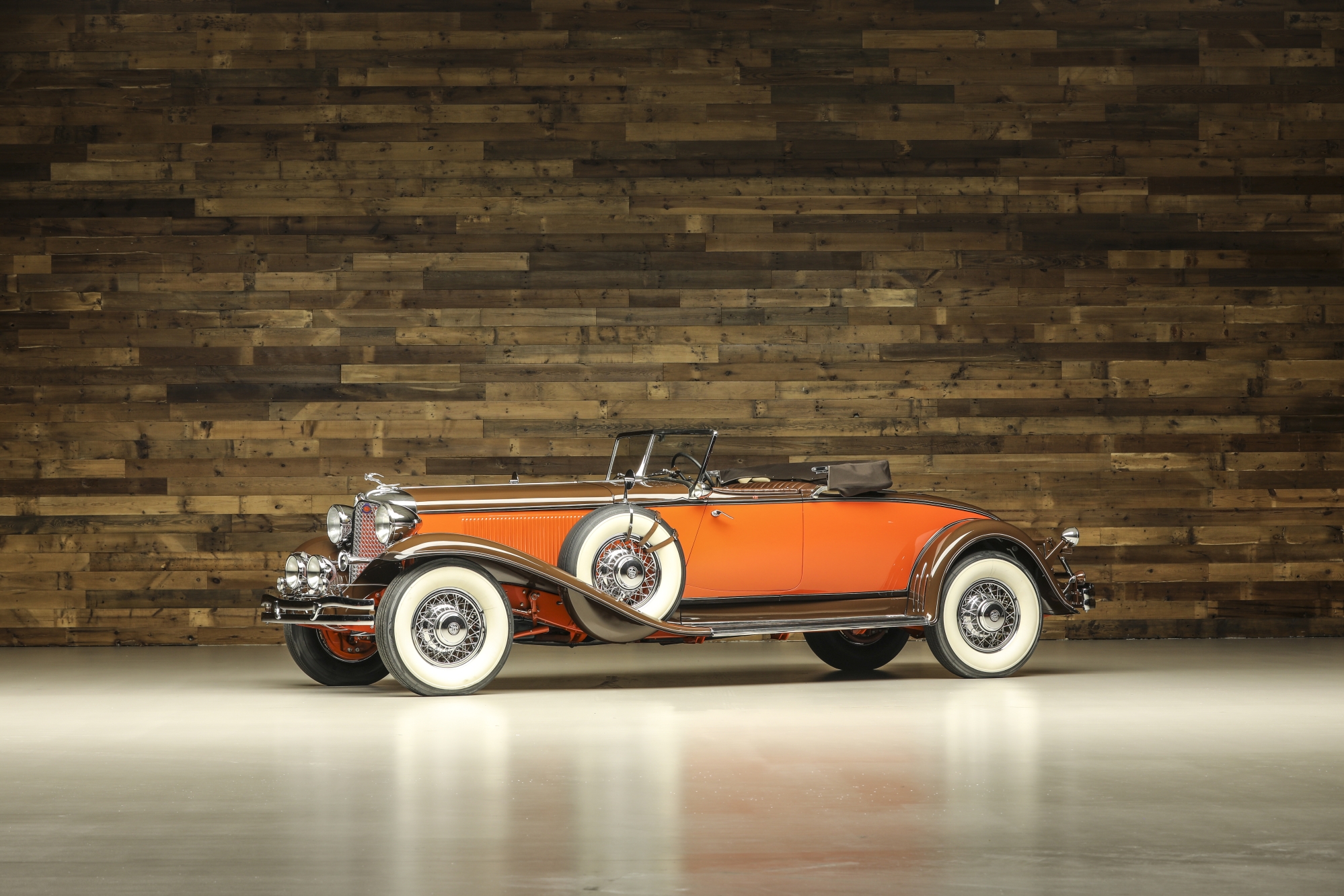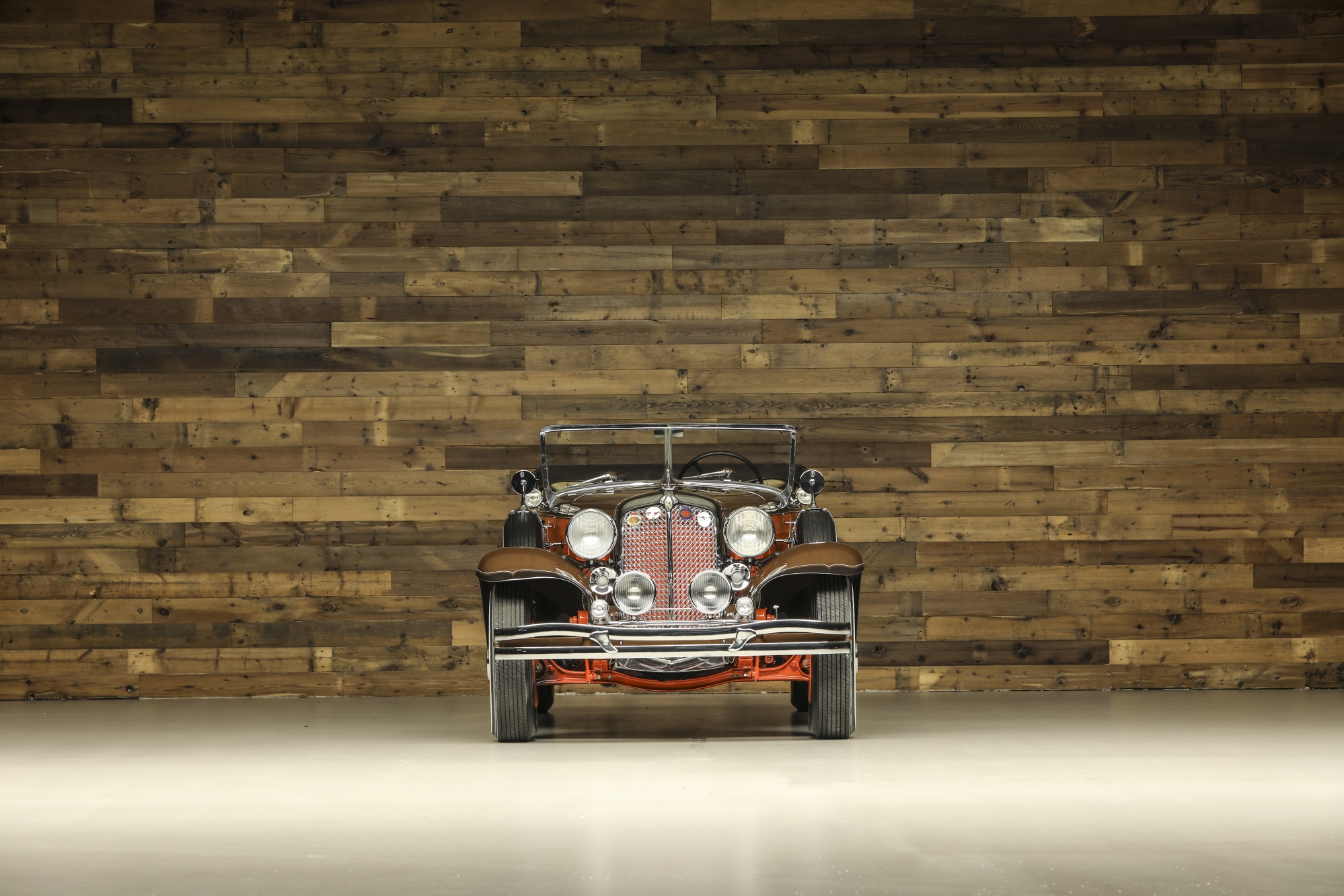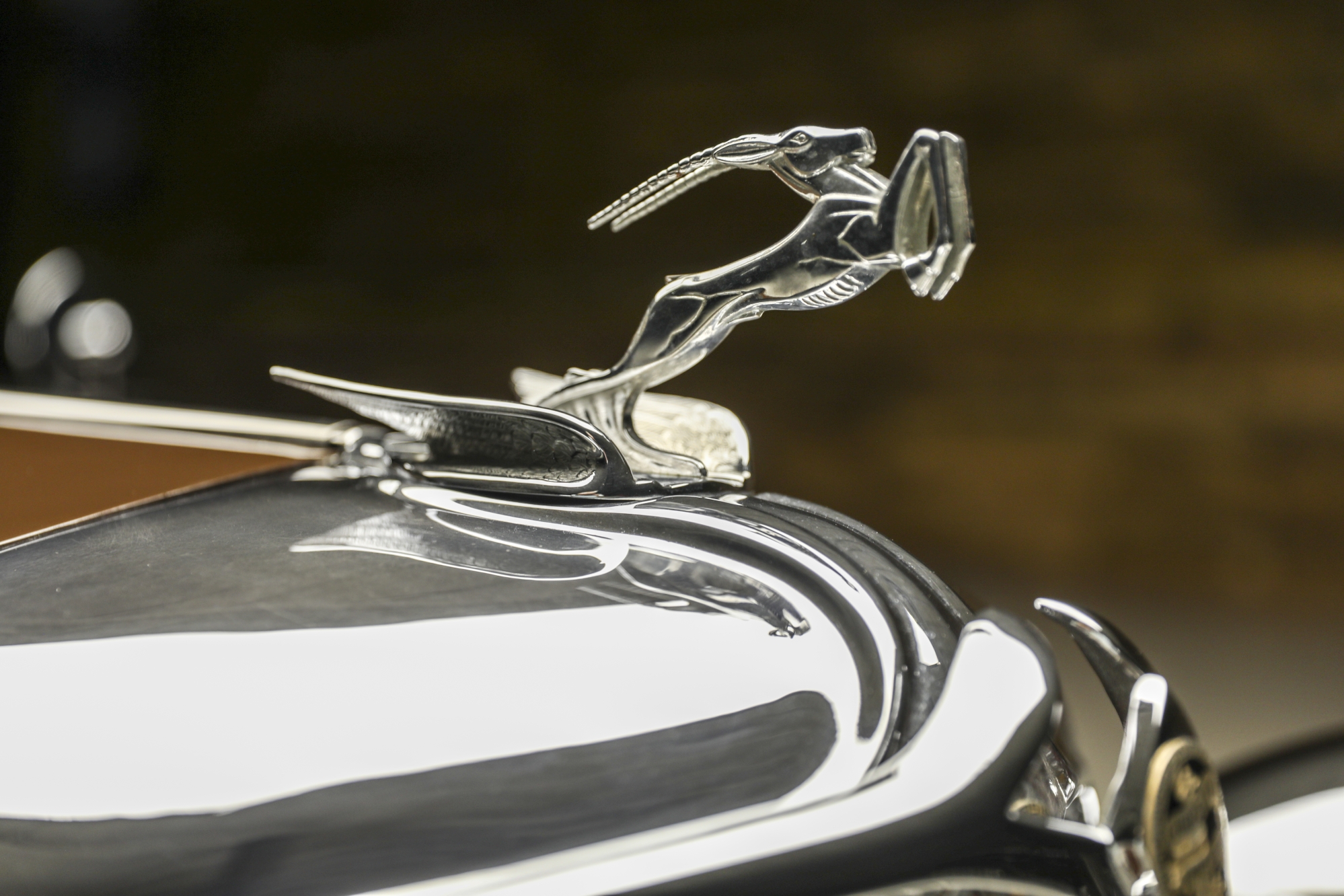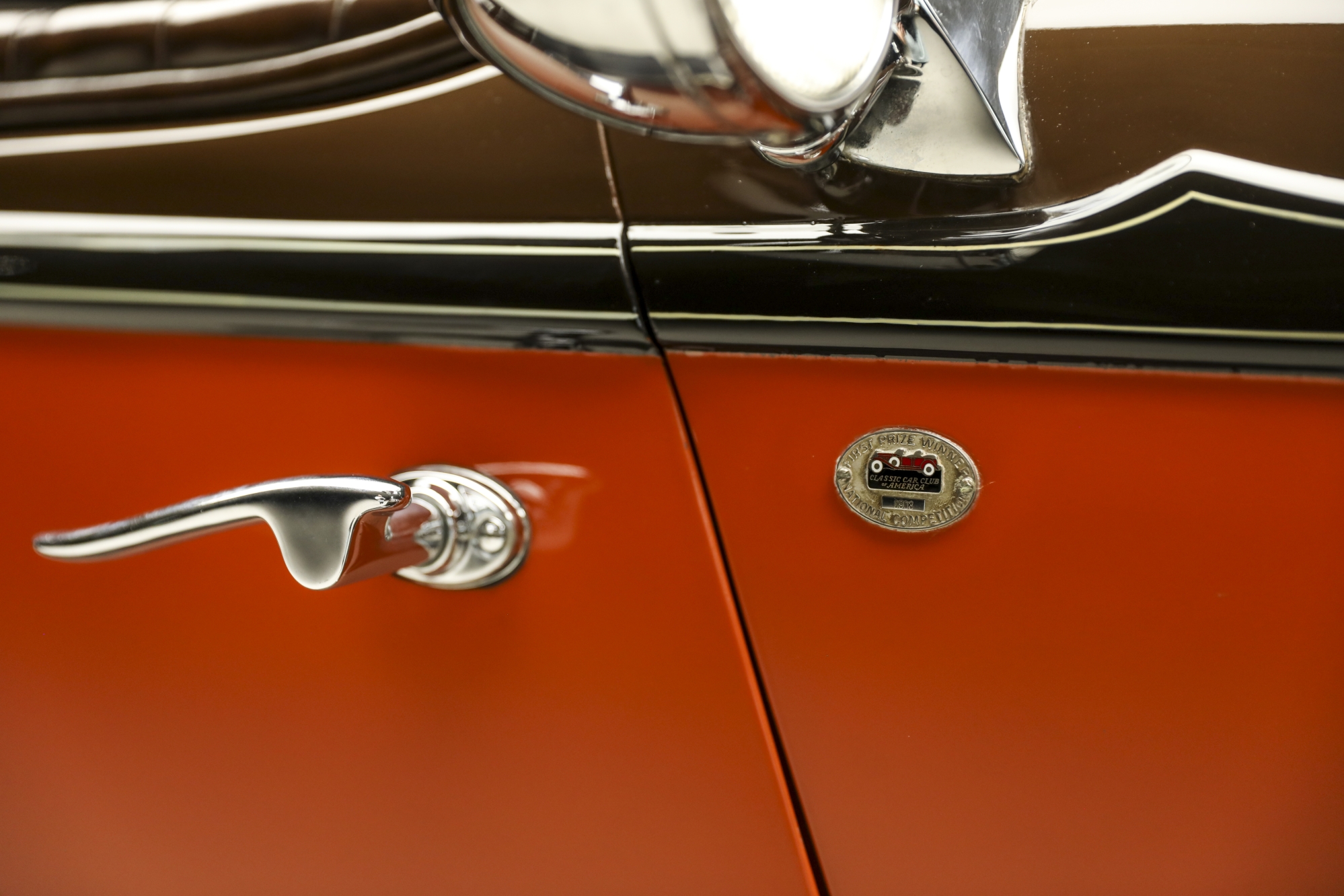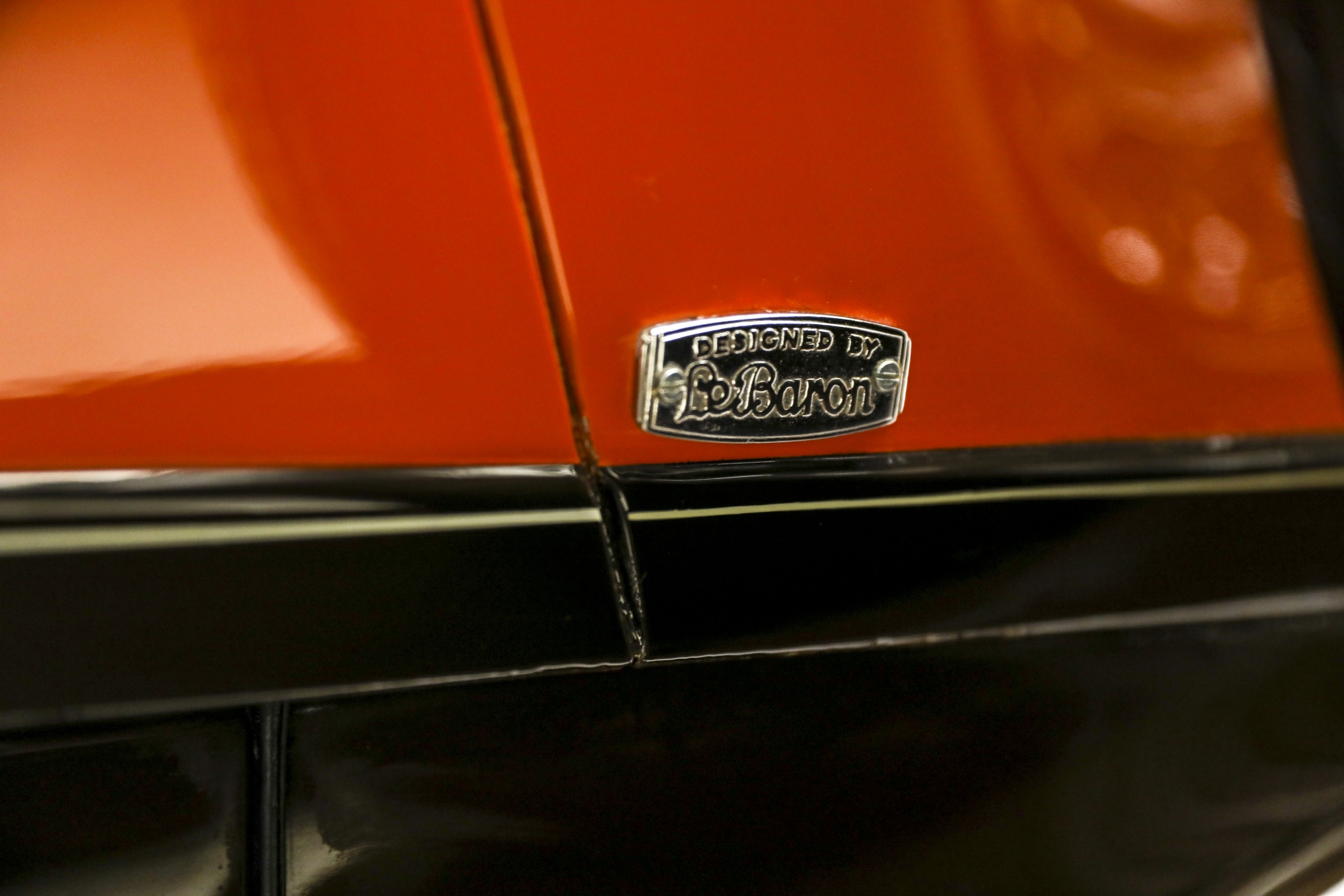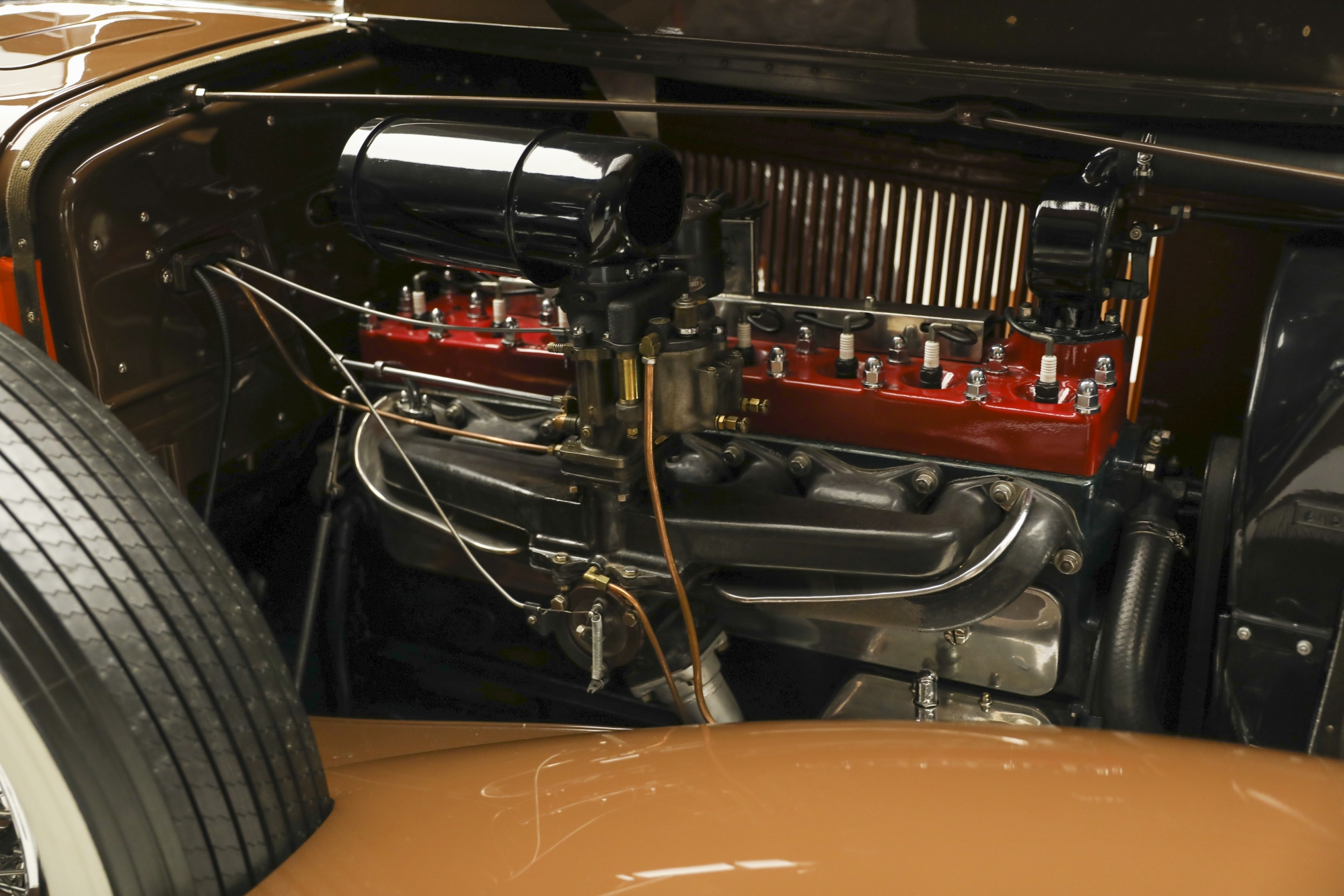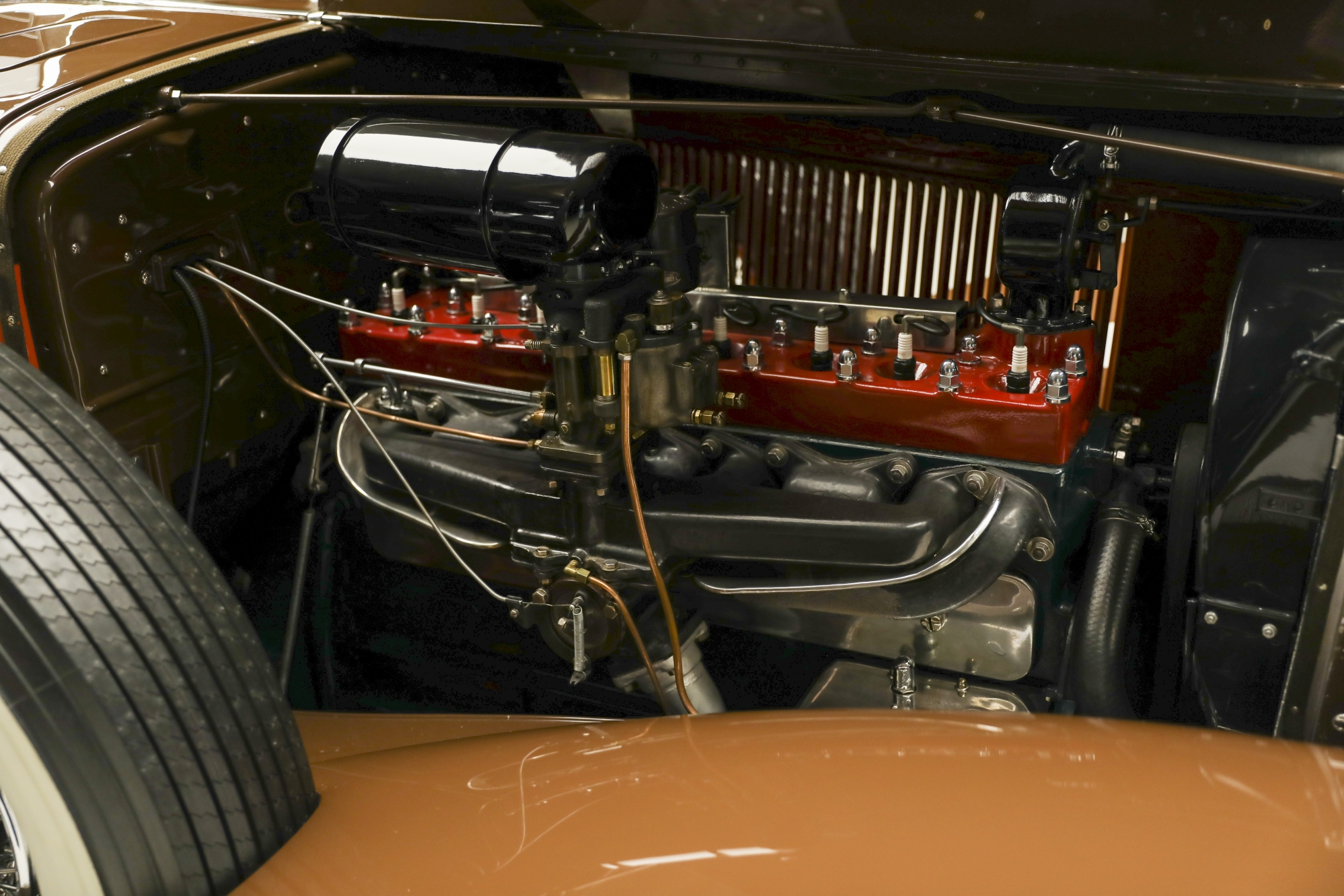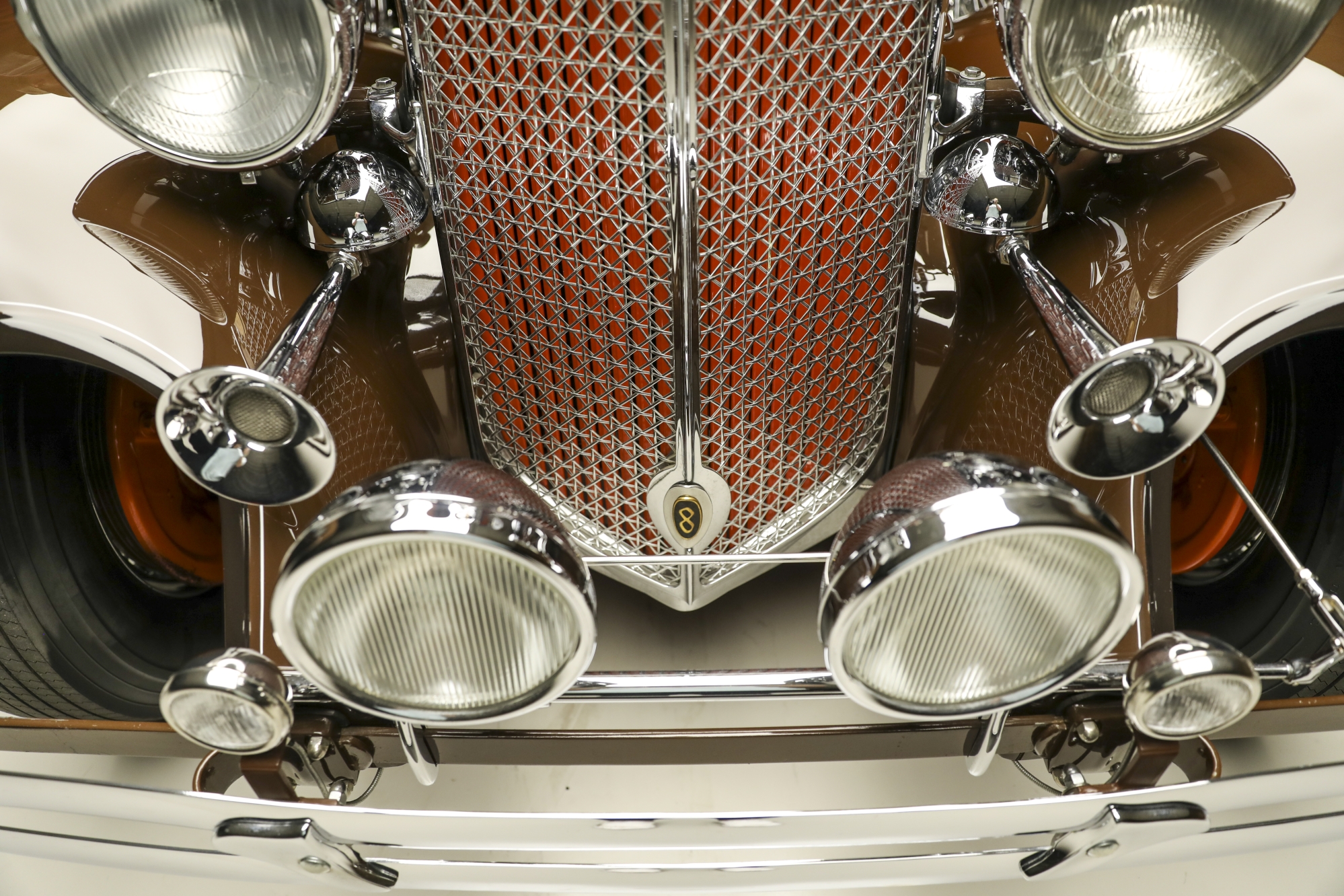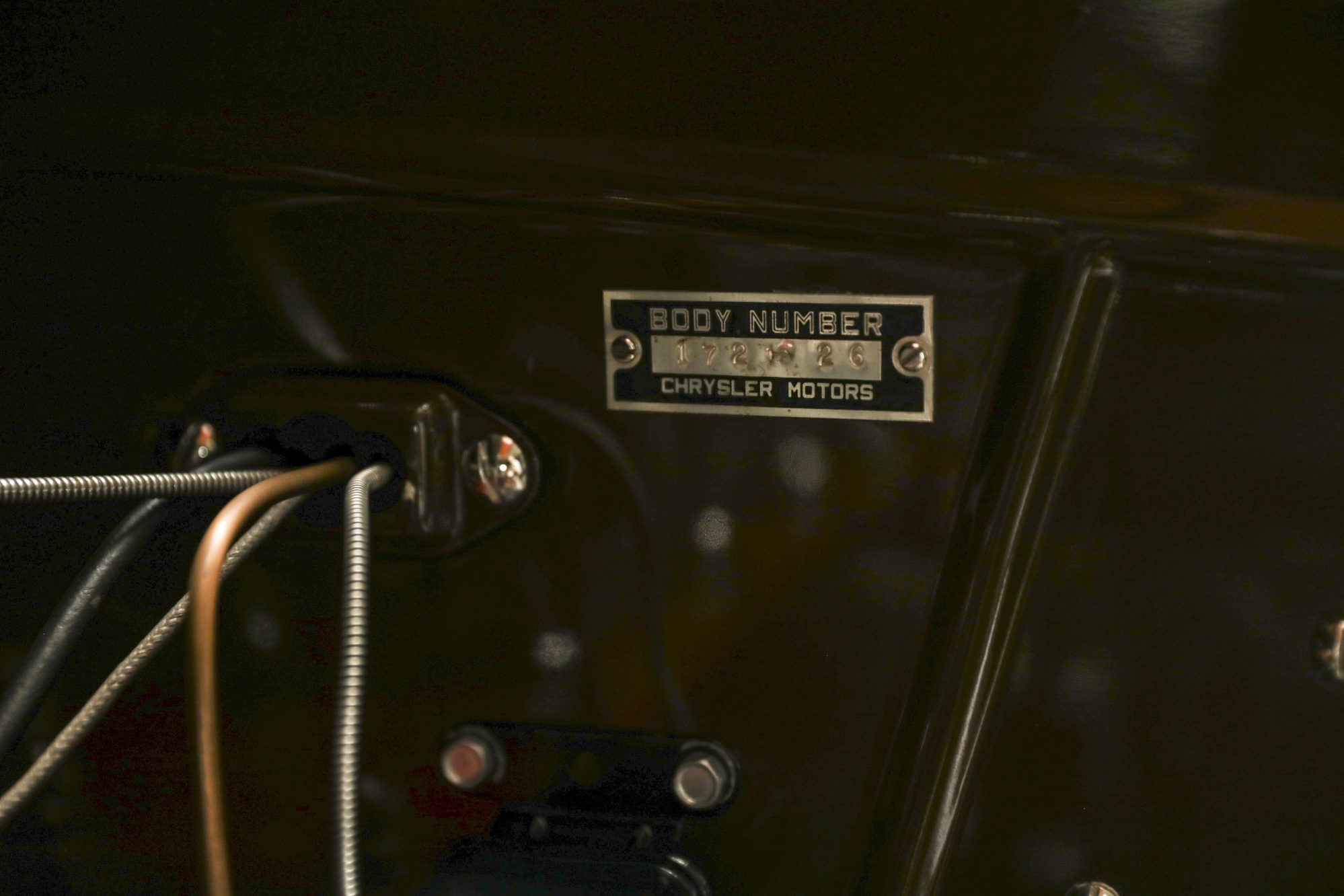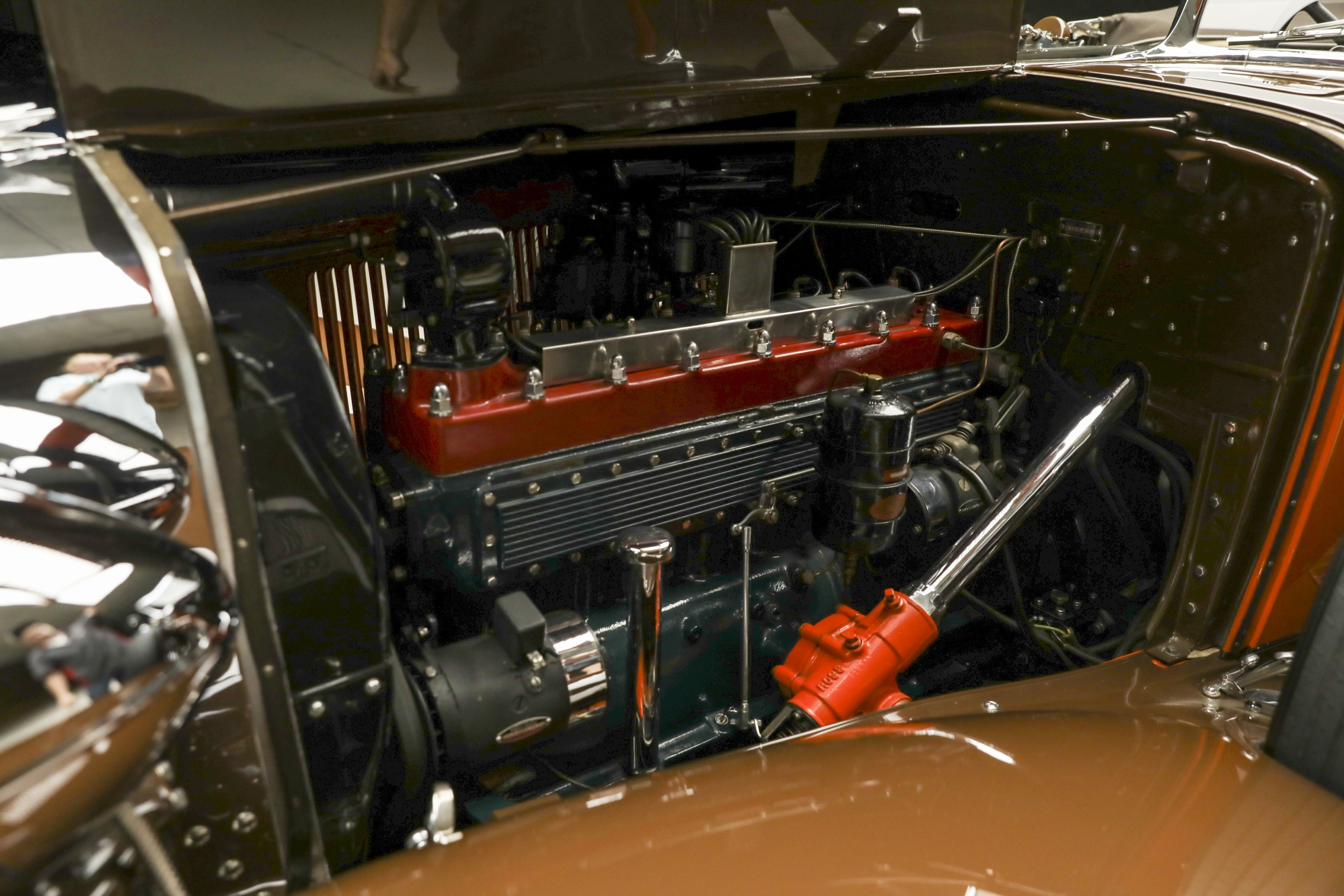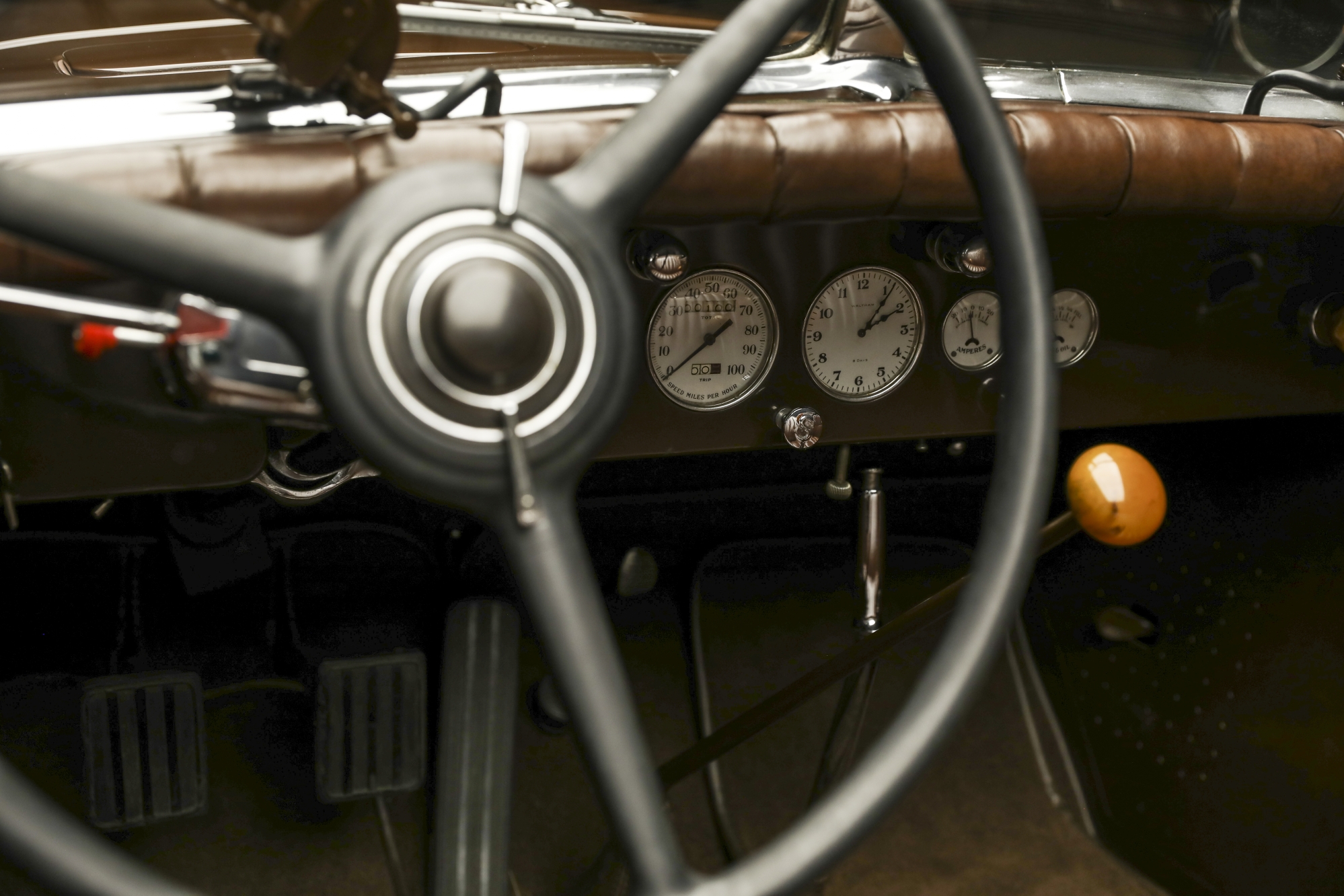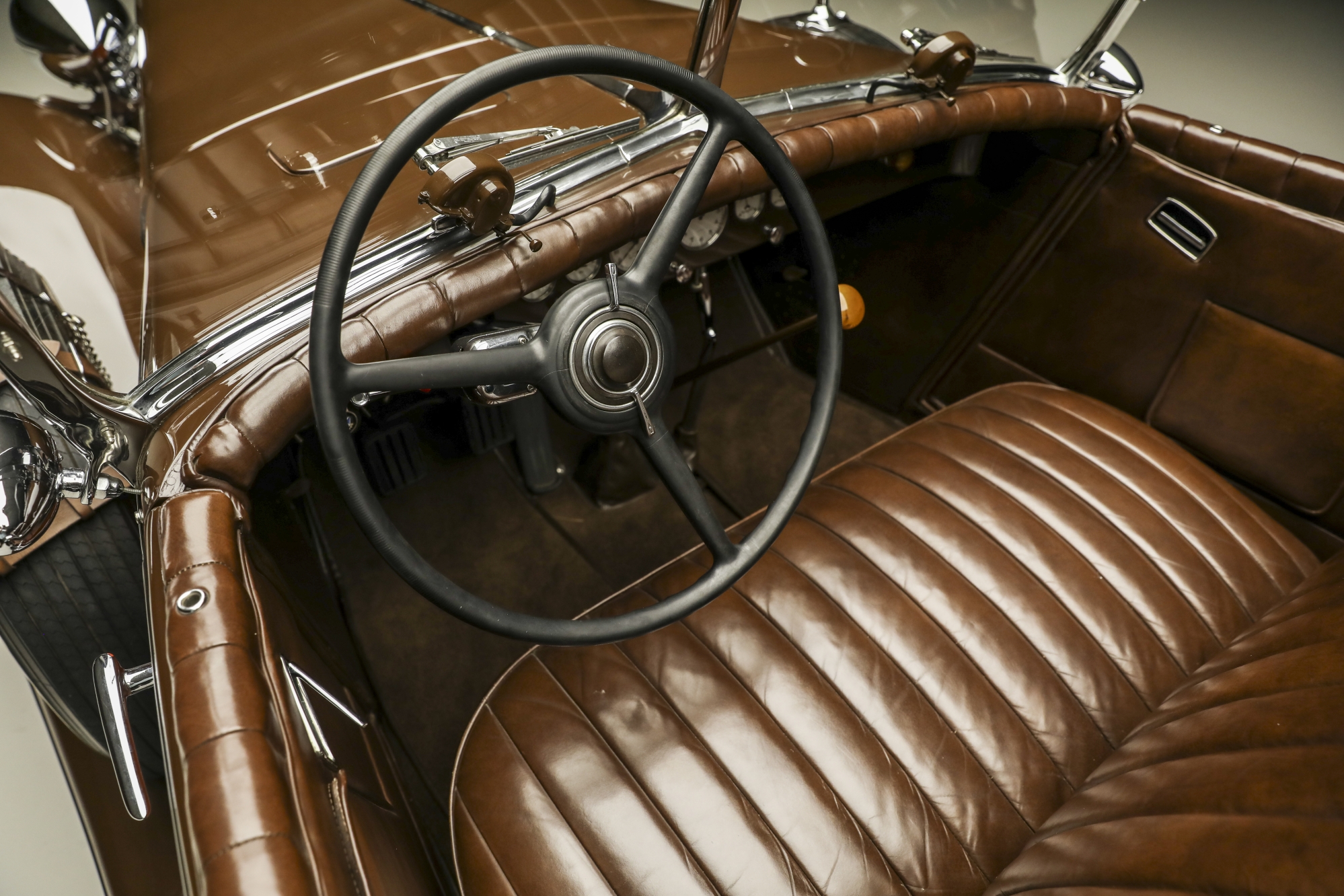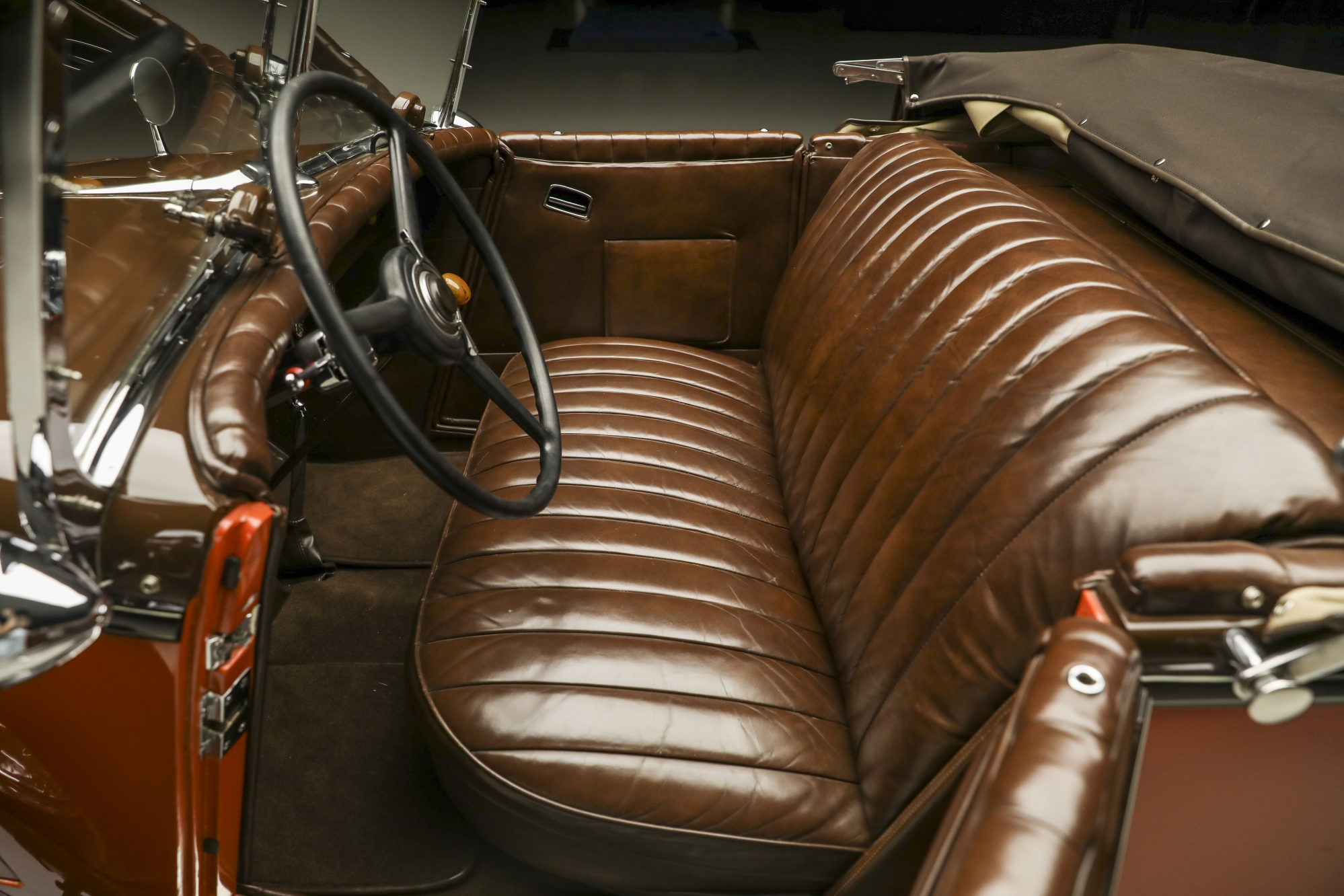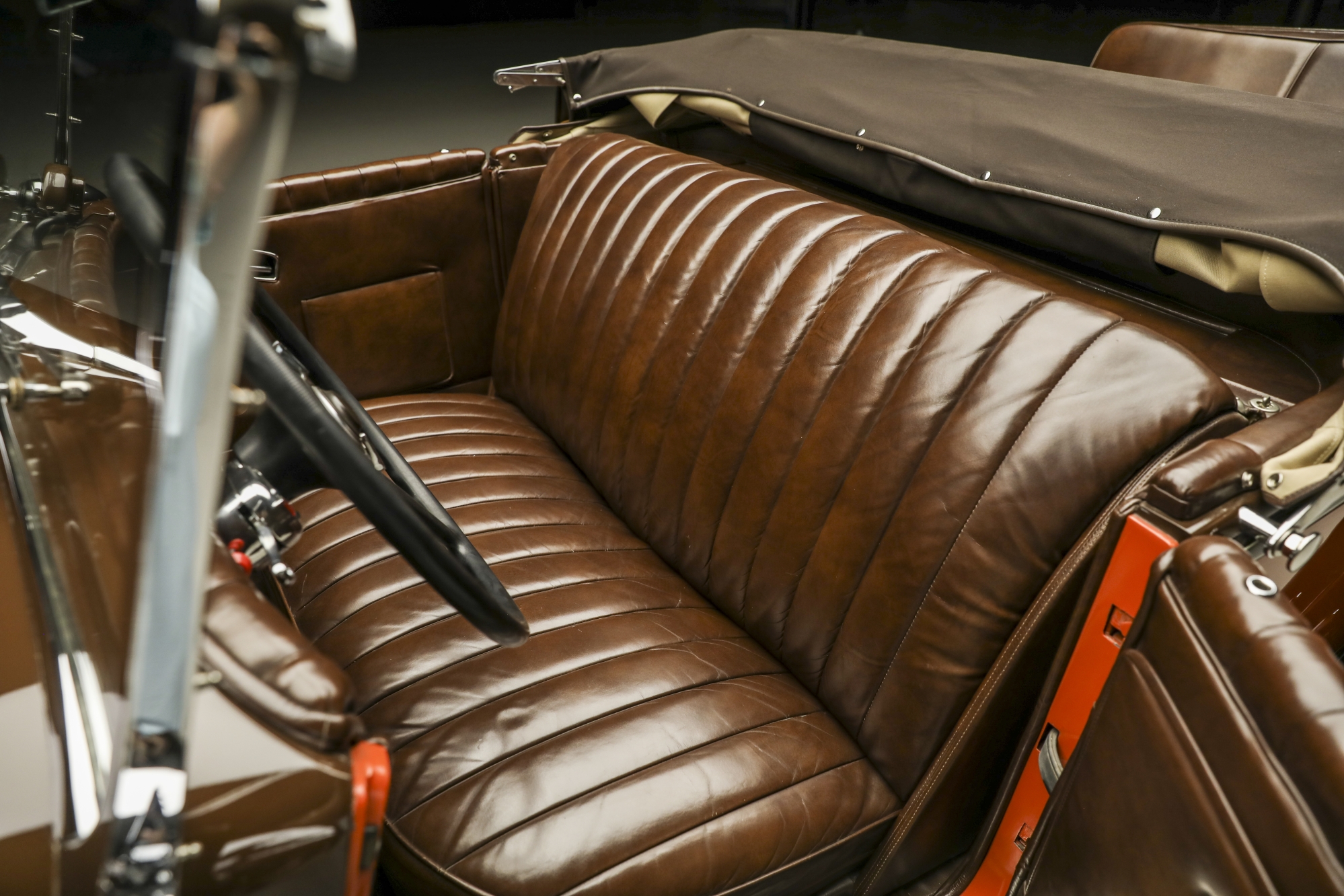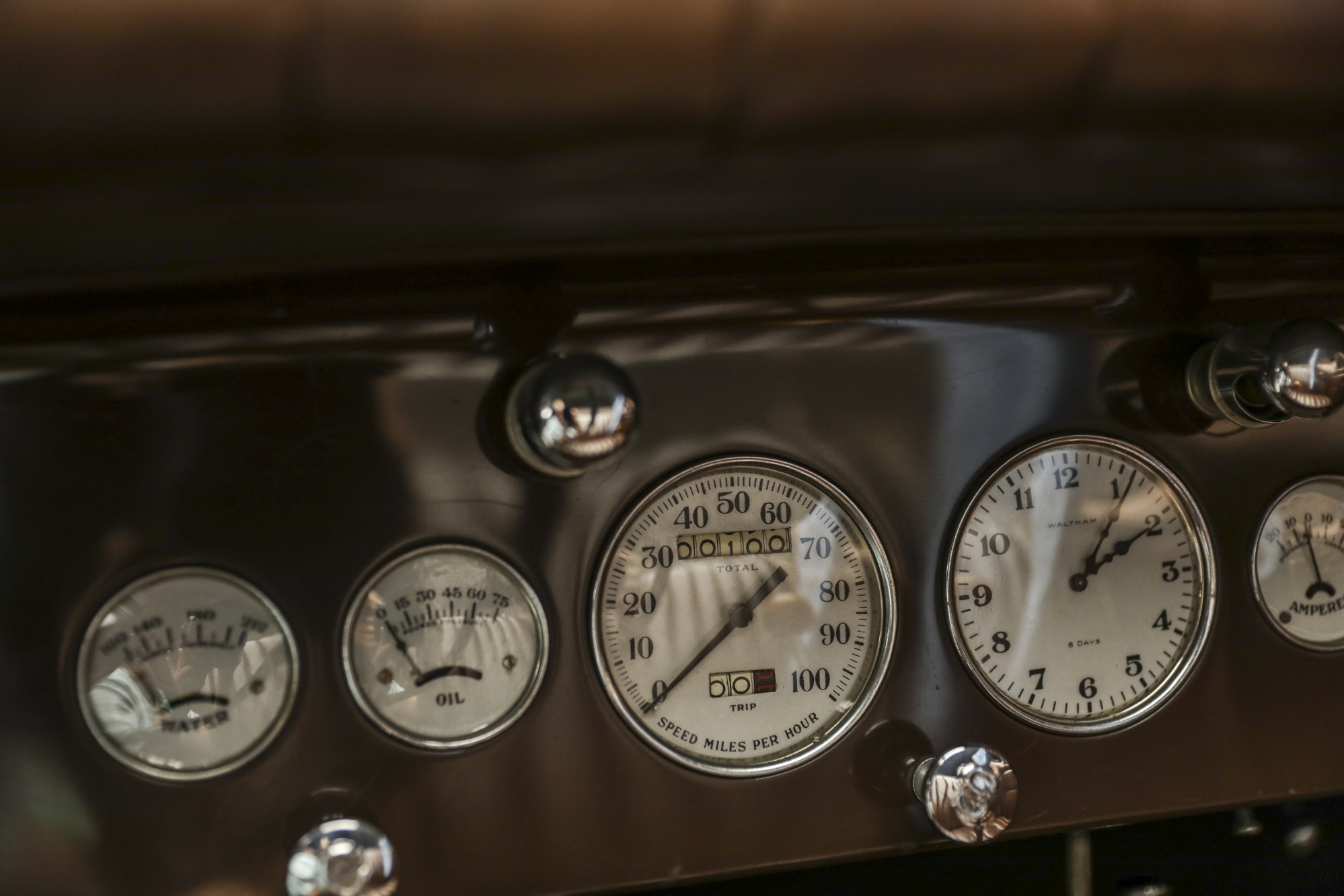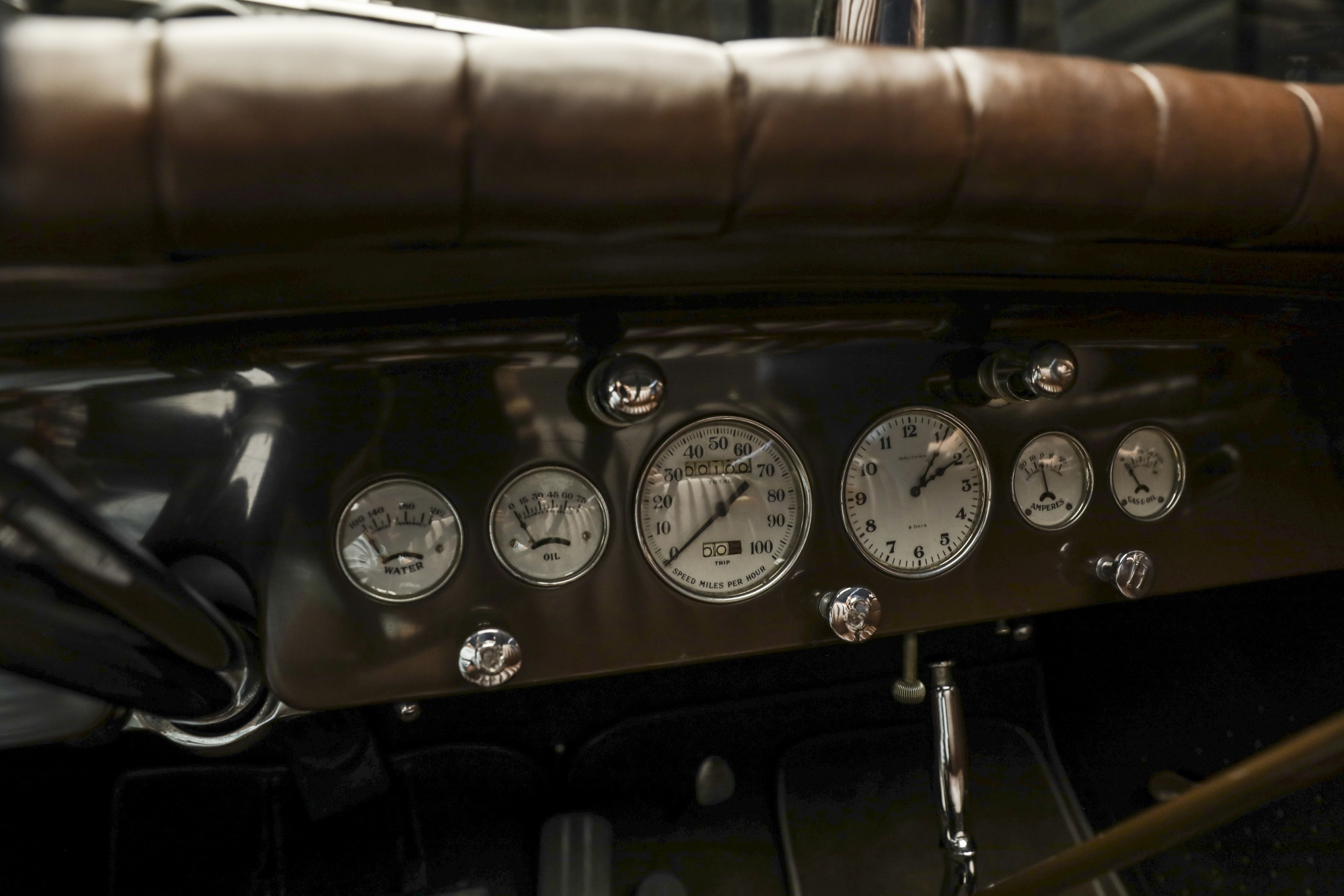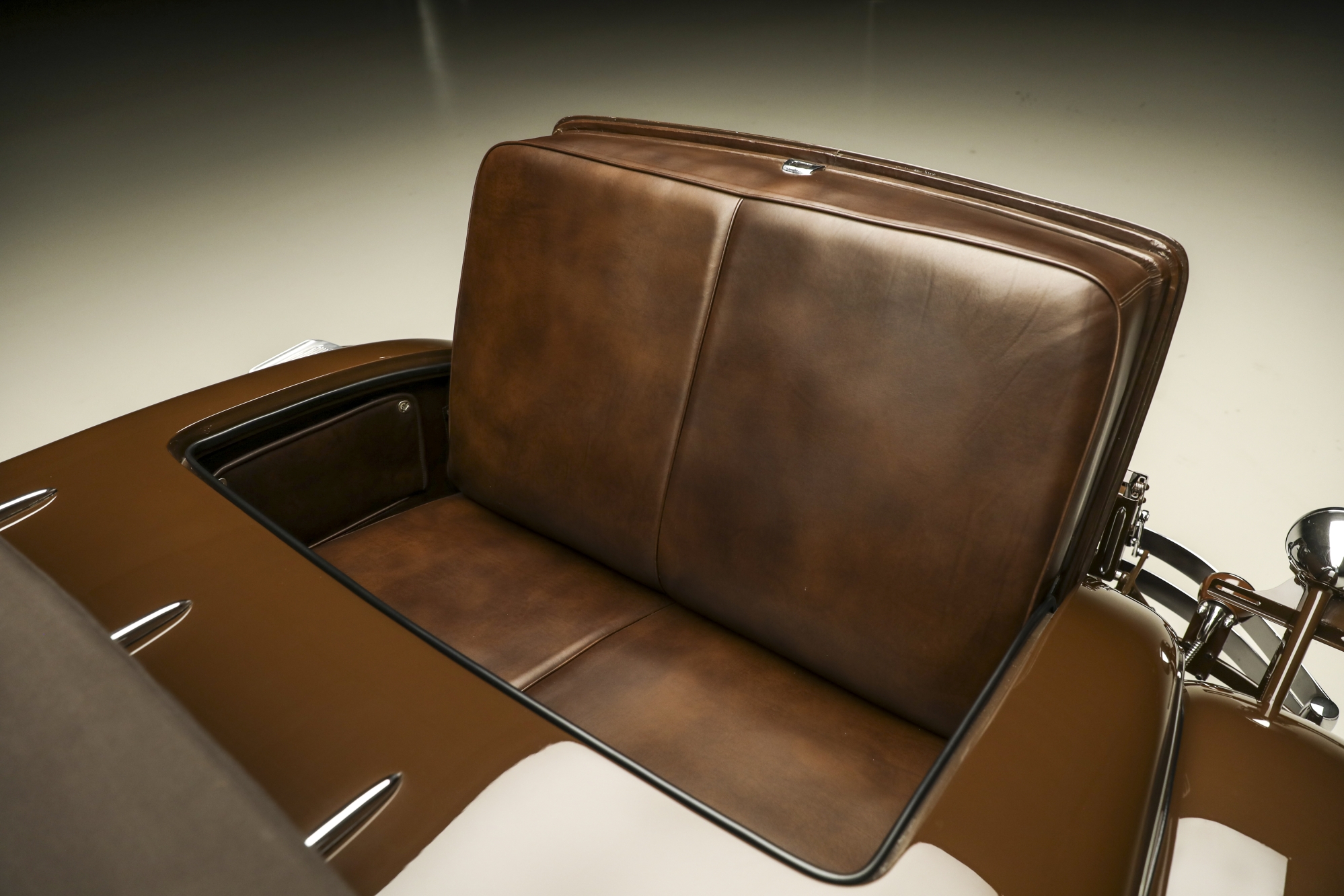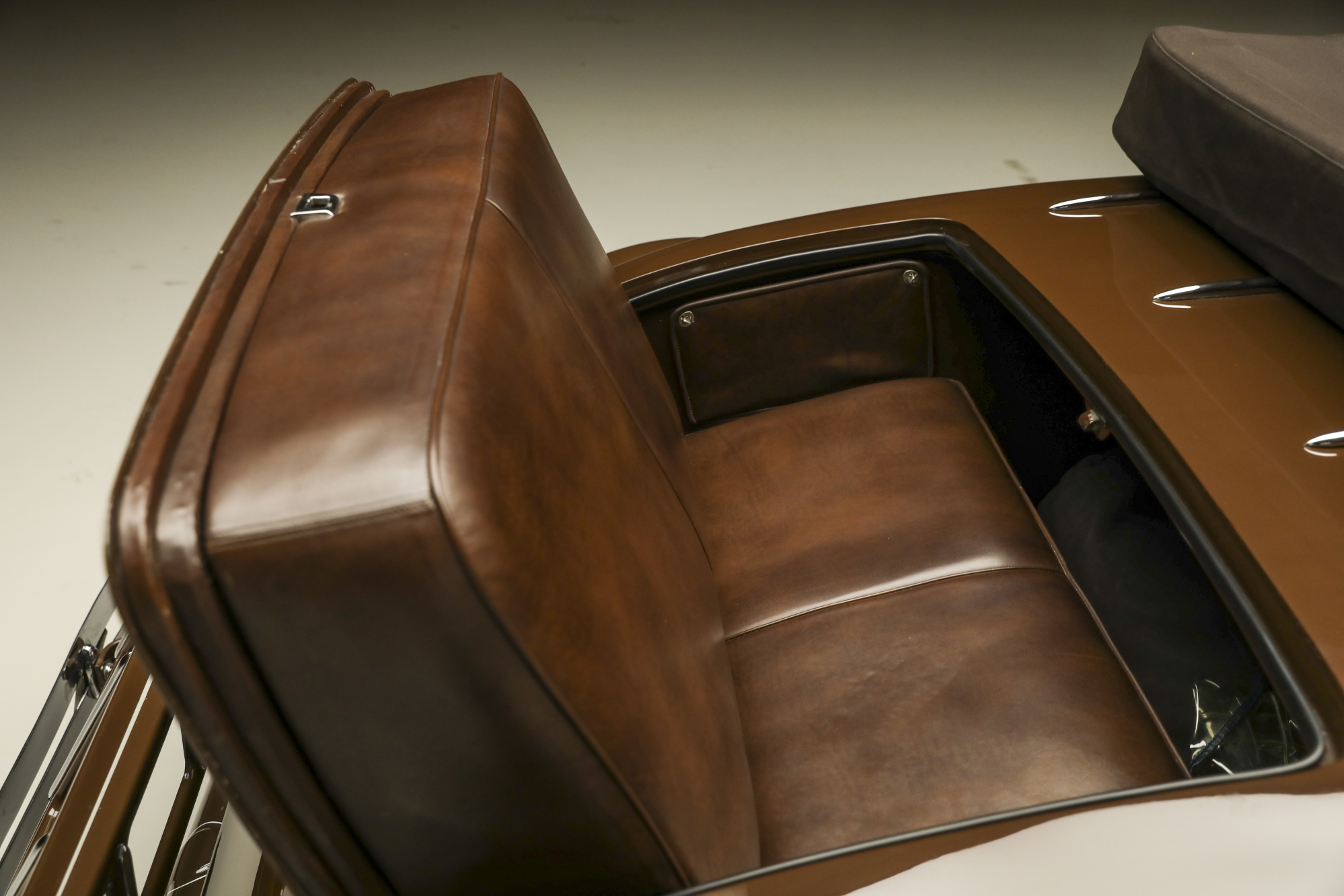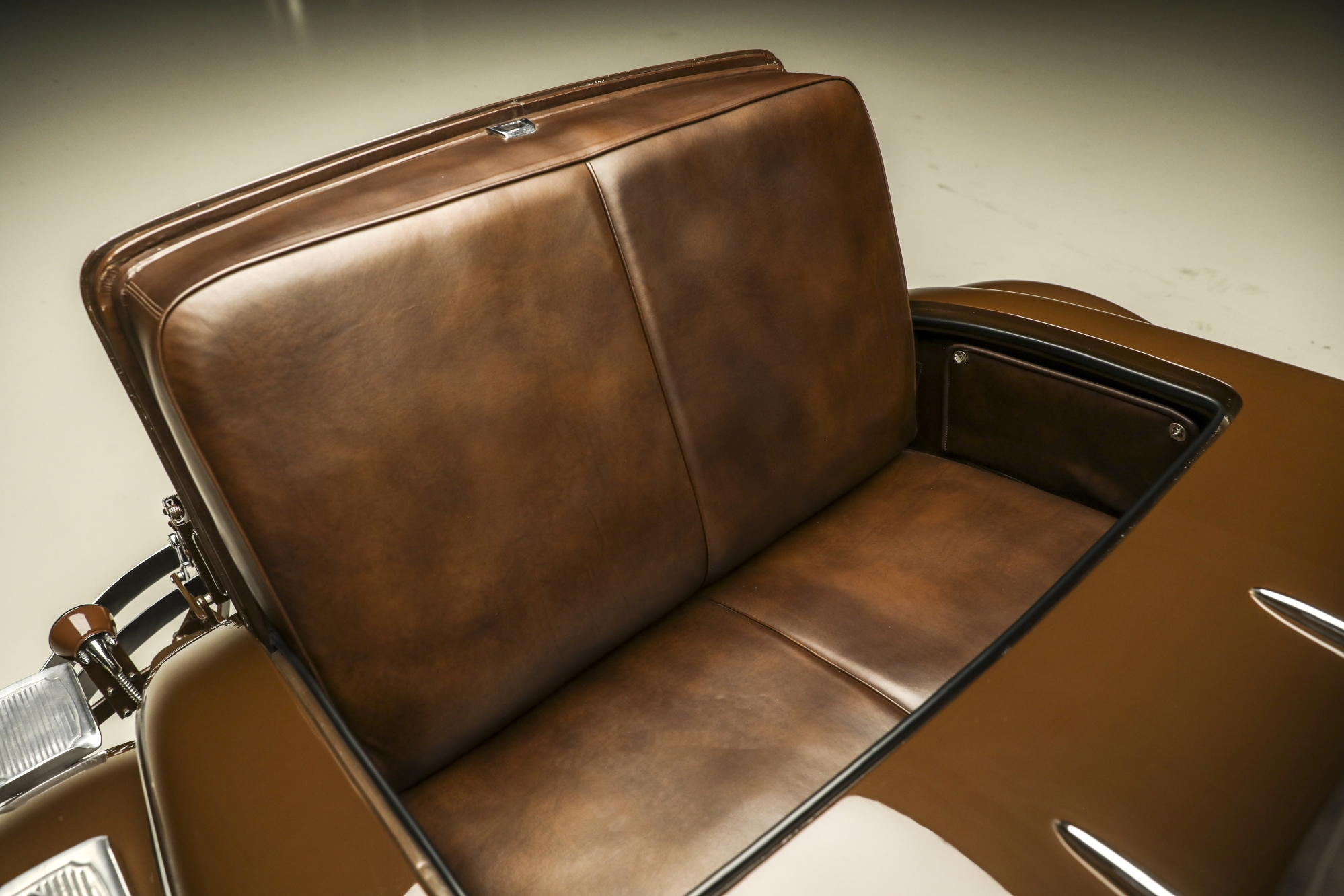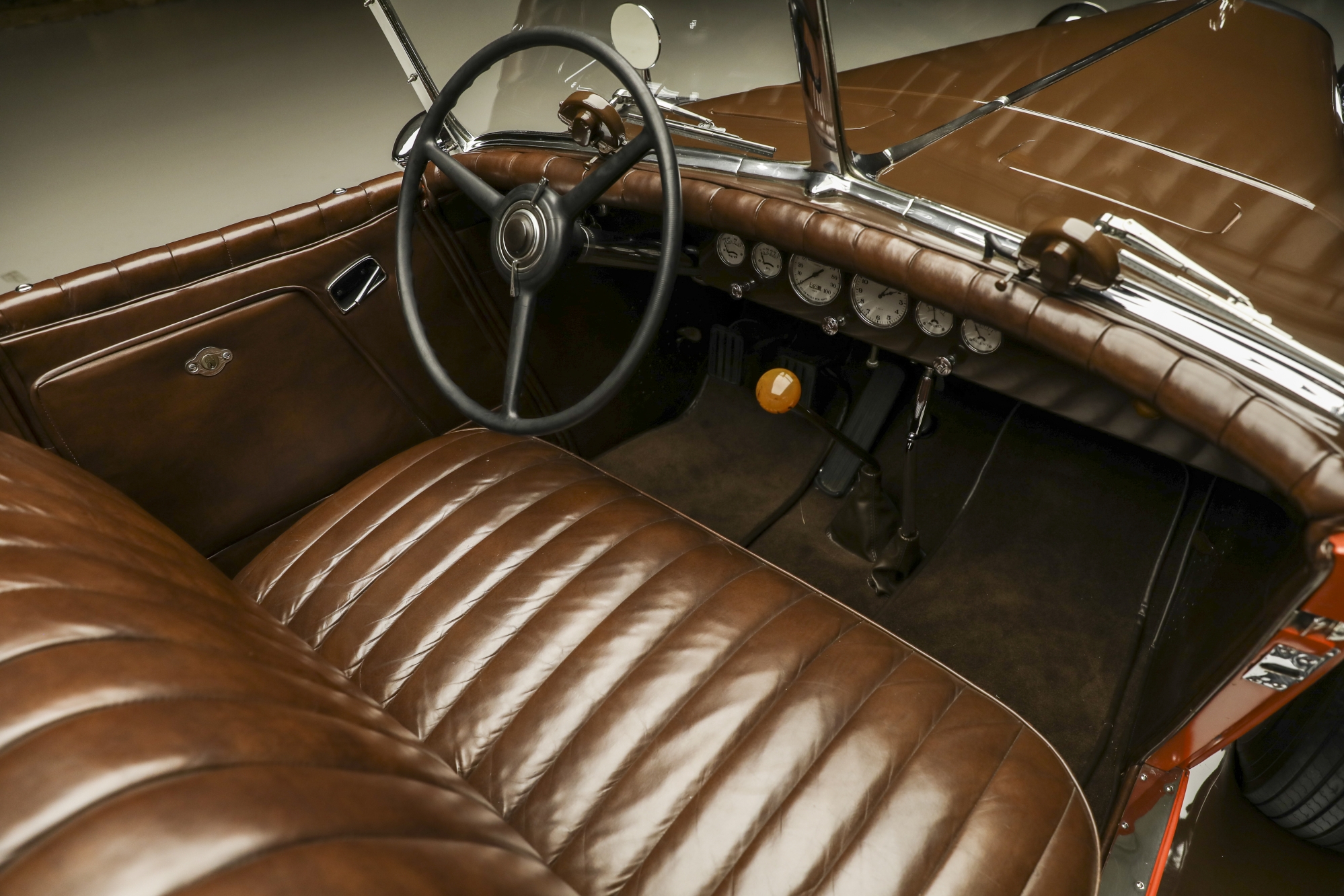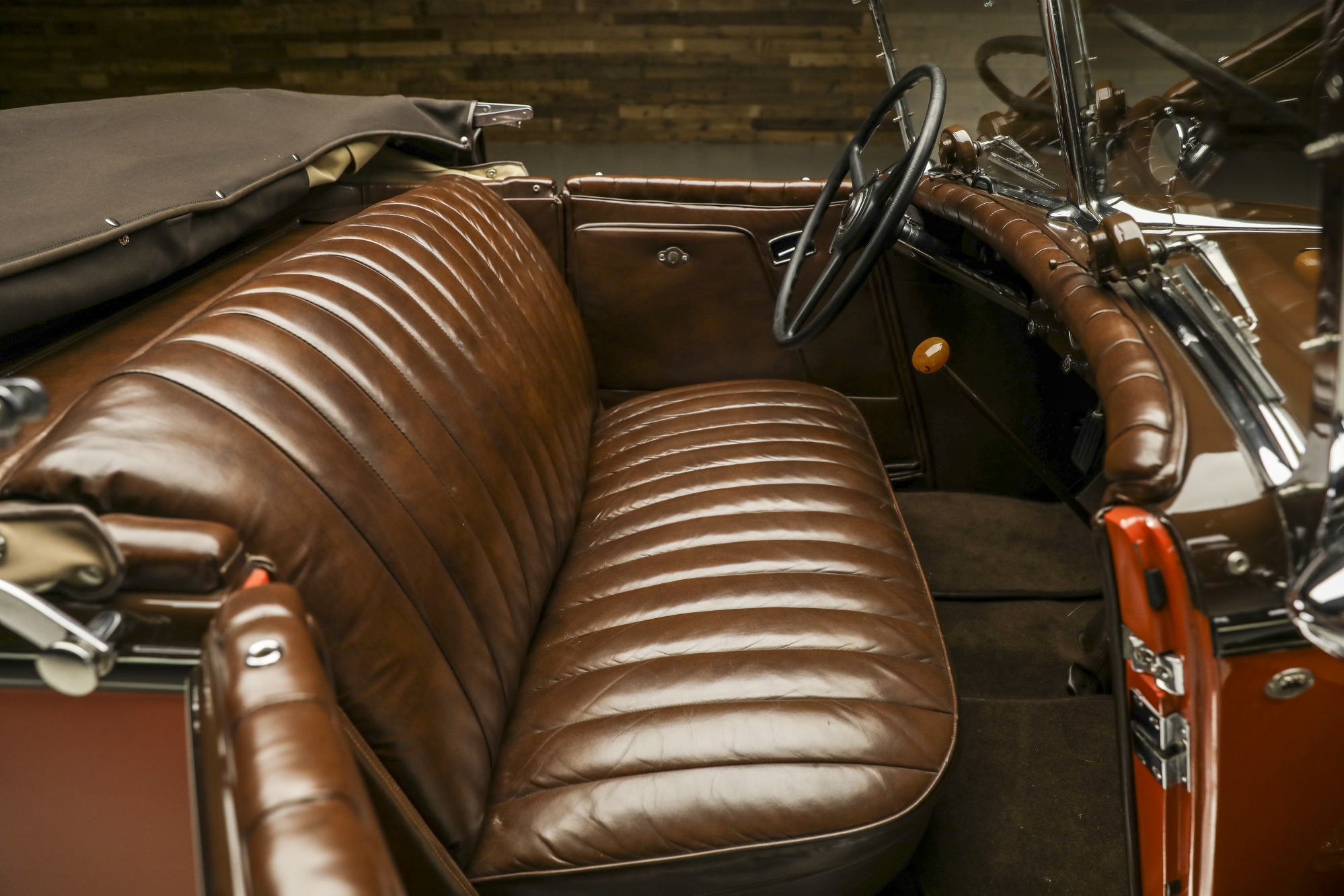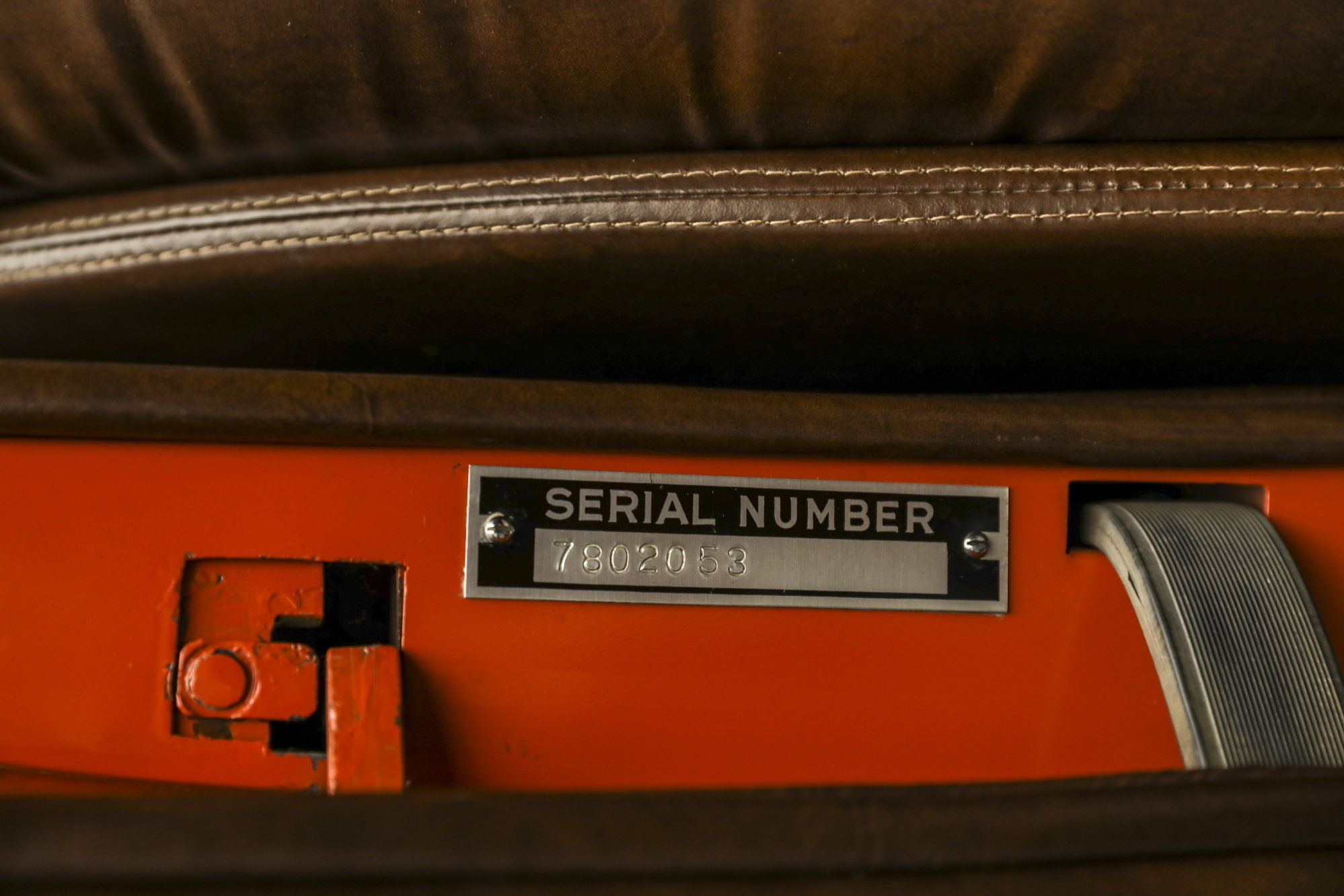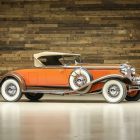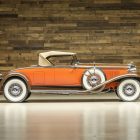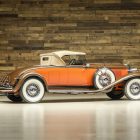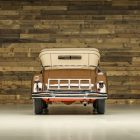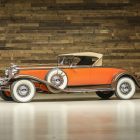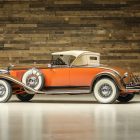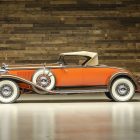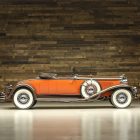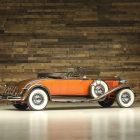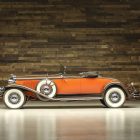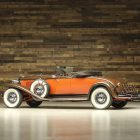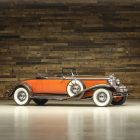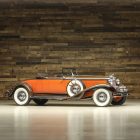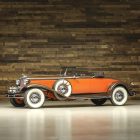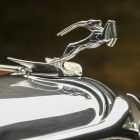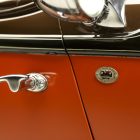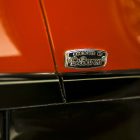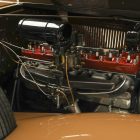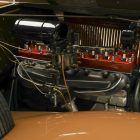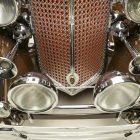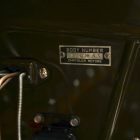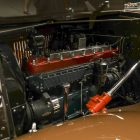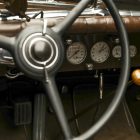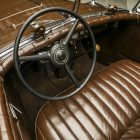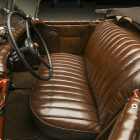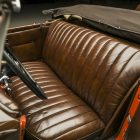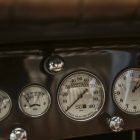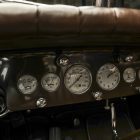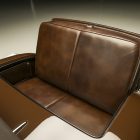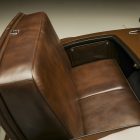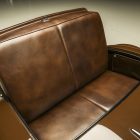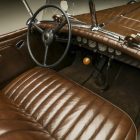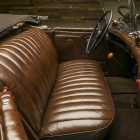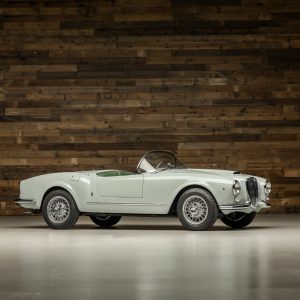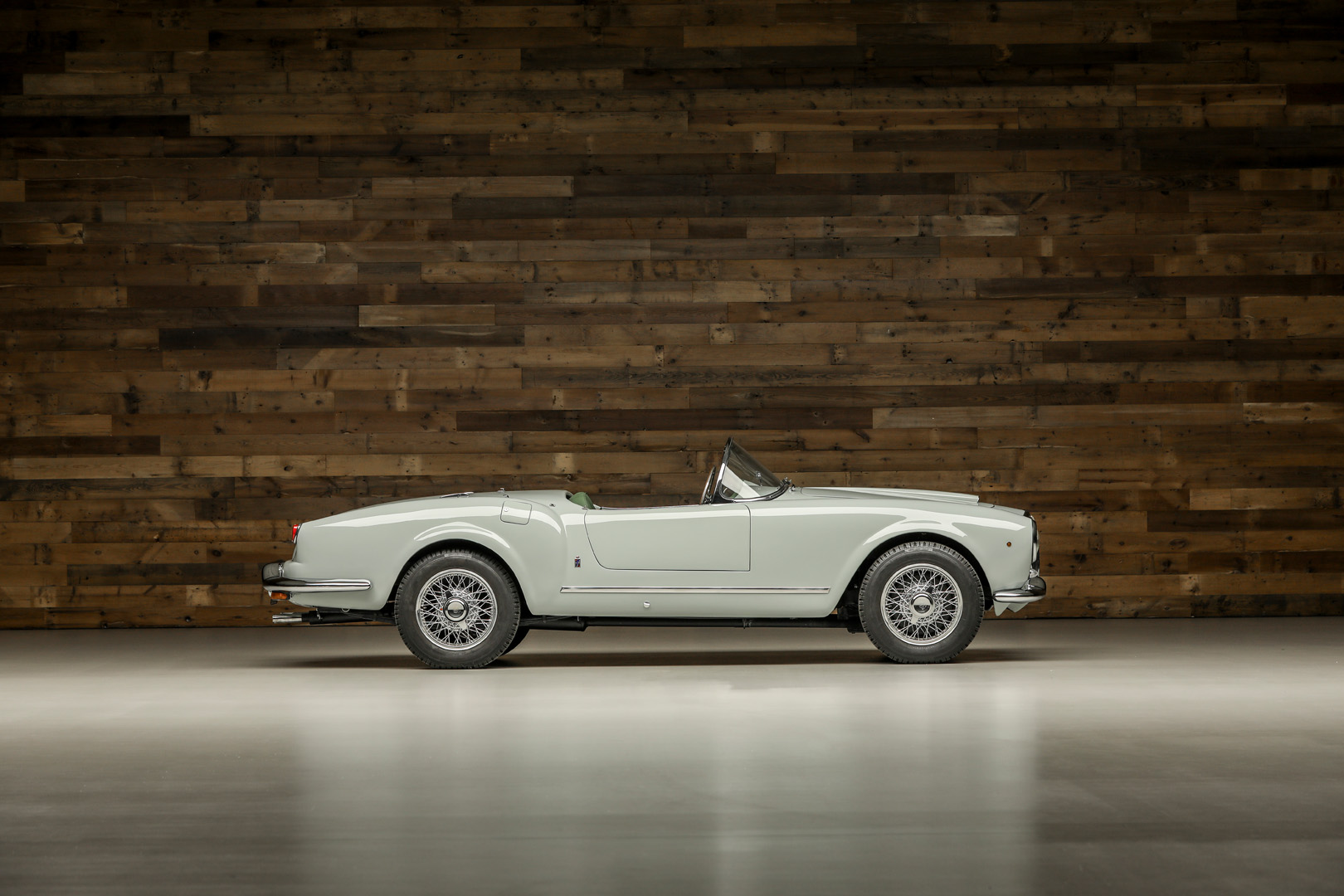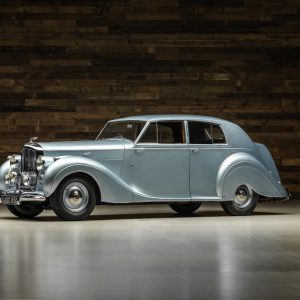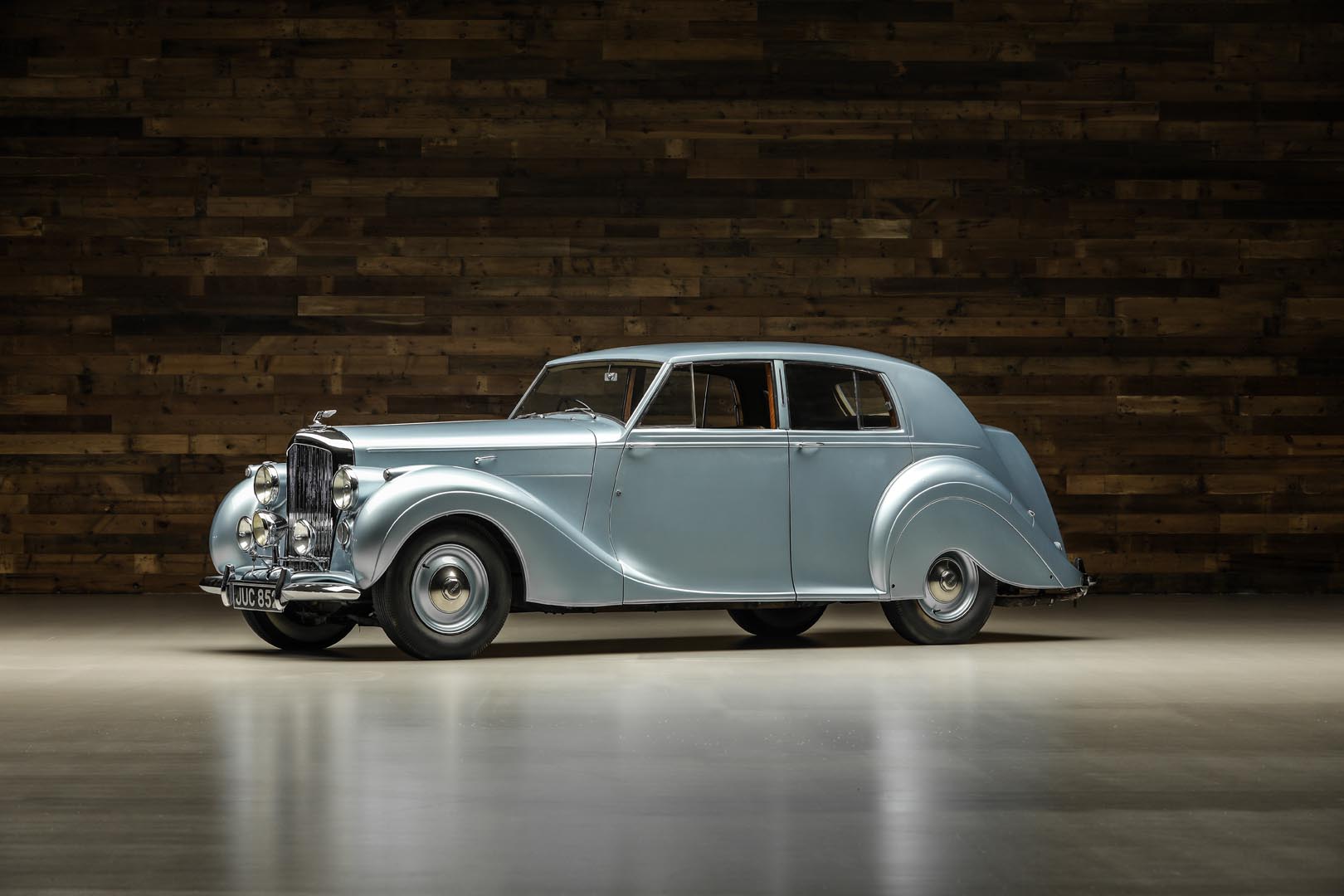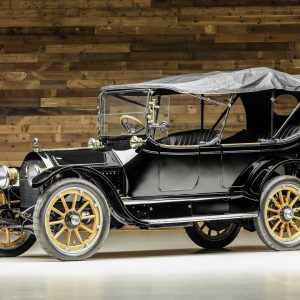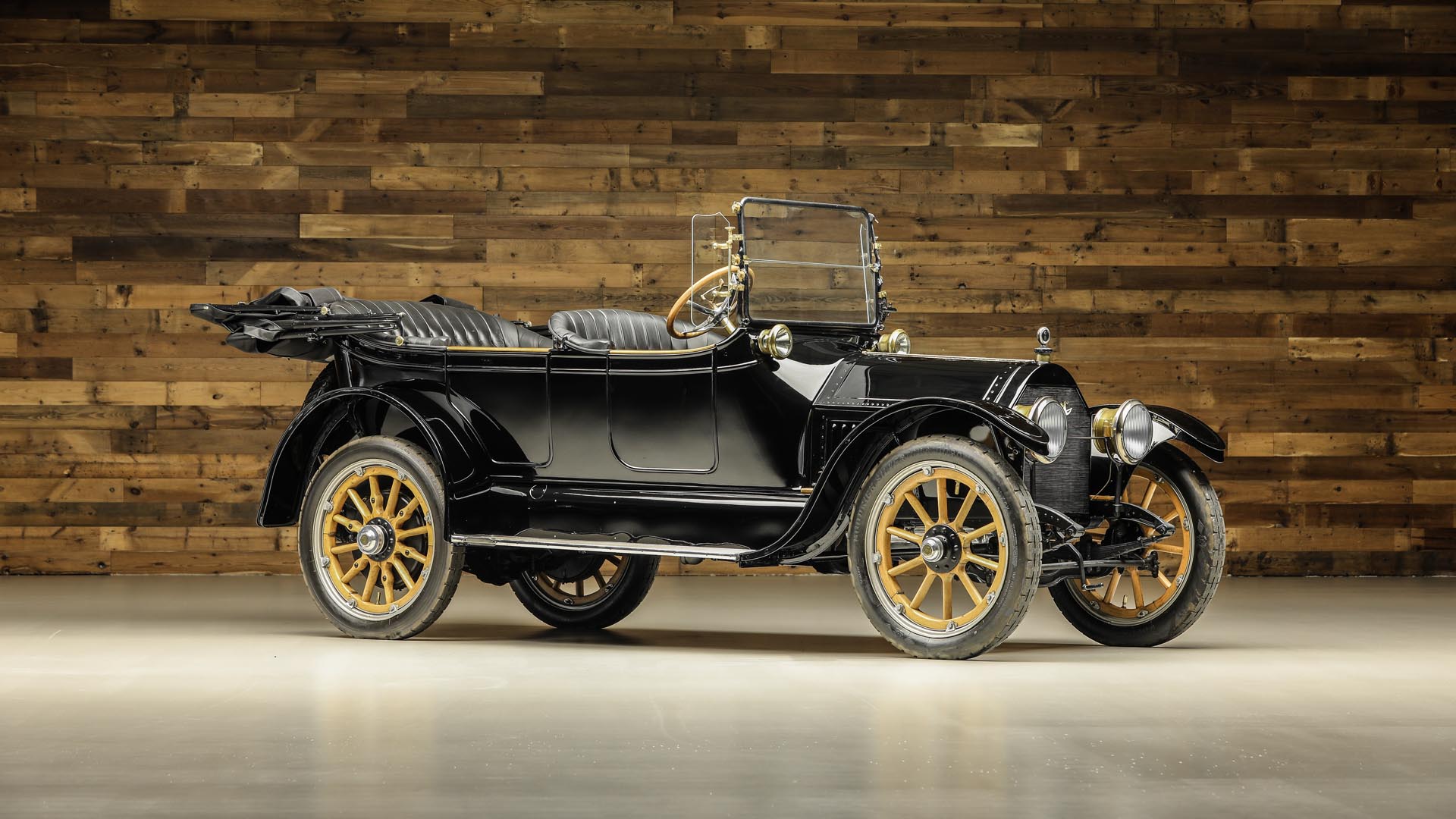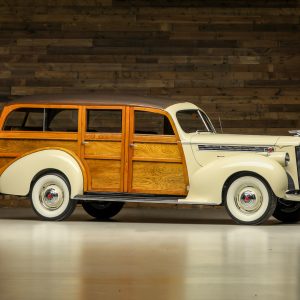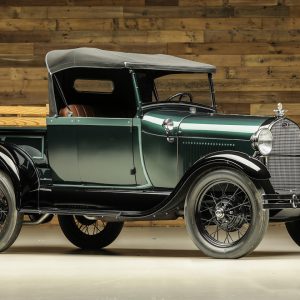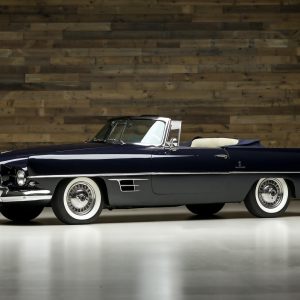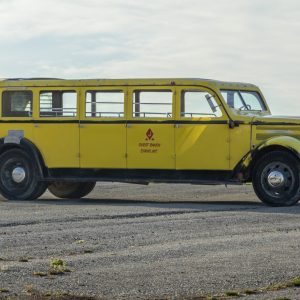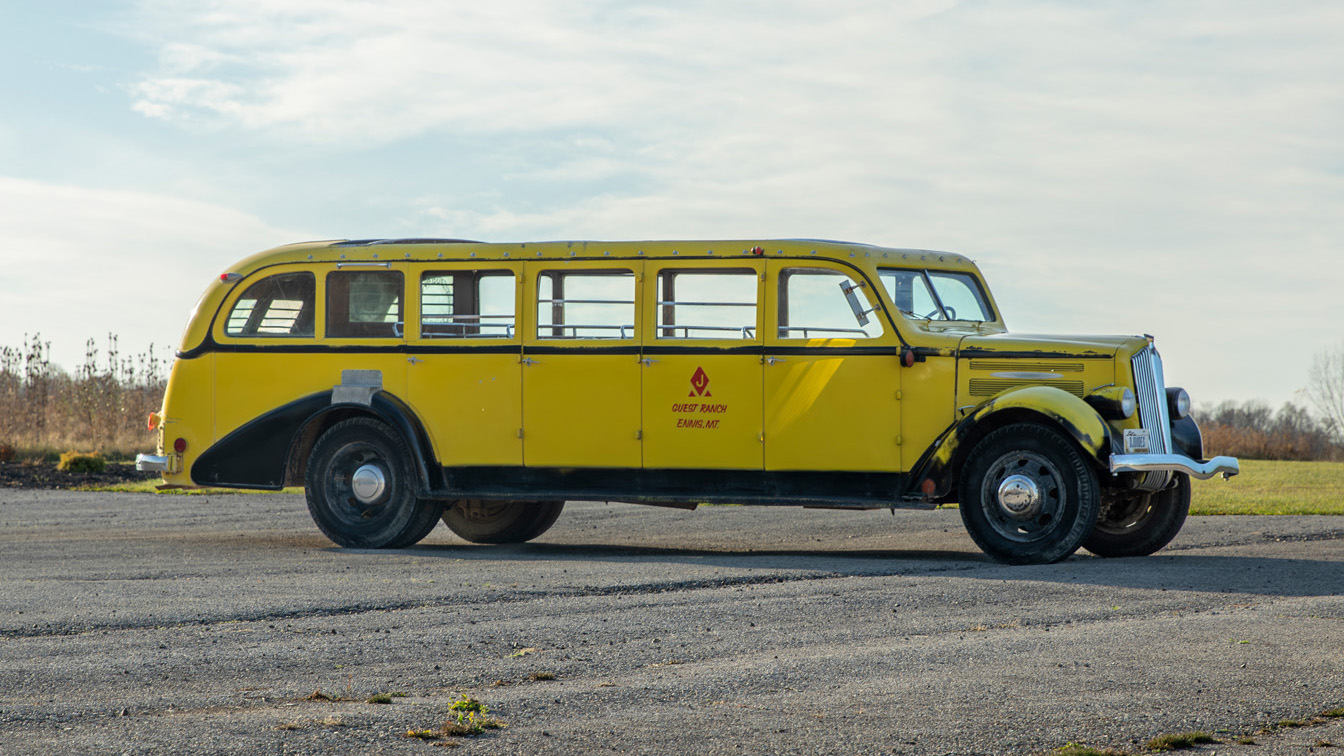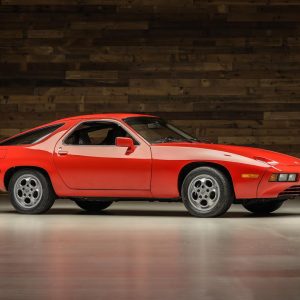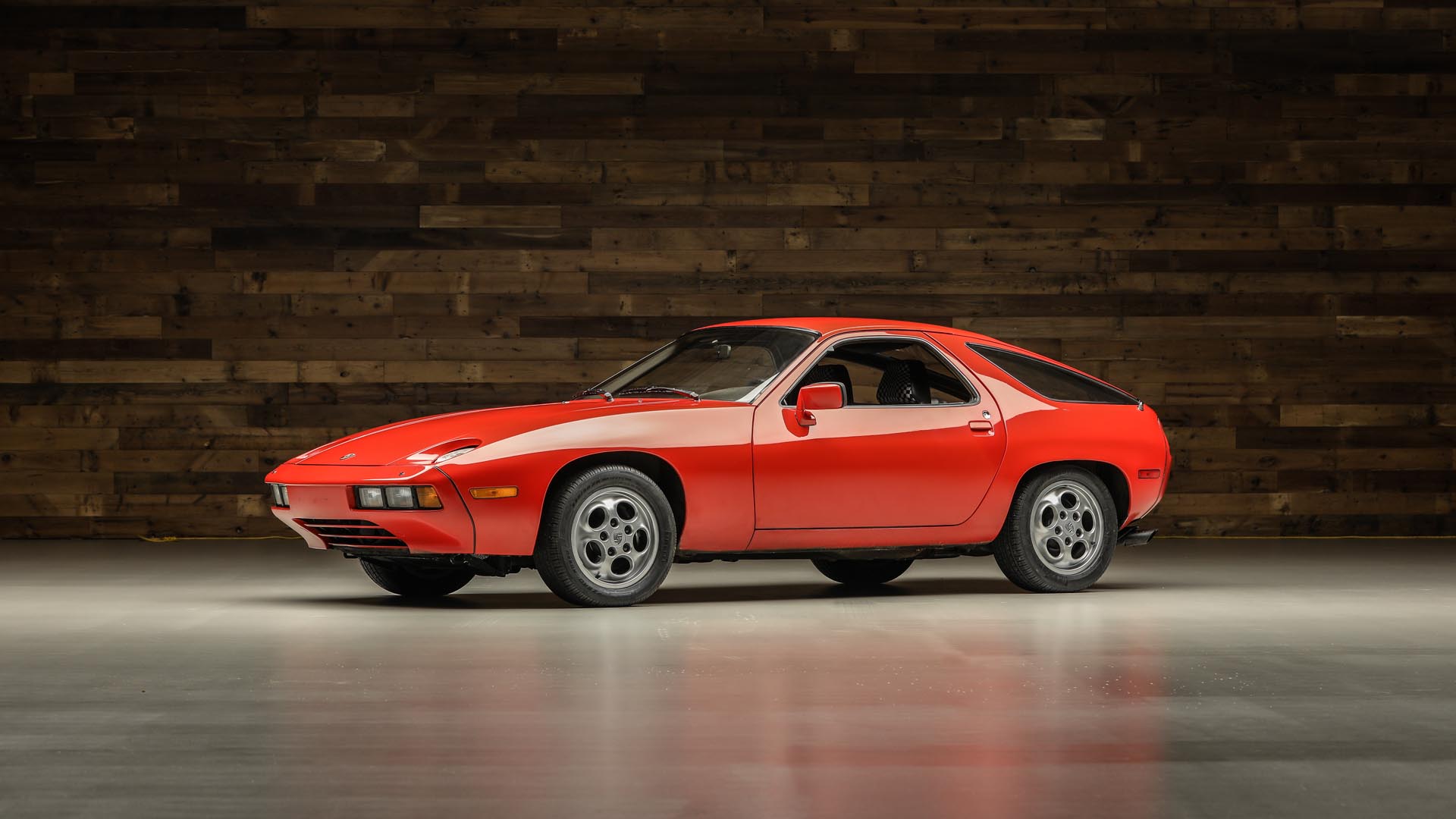Description
In the mid and late 1920s, Chrysler produced the fabulous Imperial line that was wildly popular and ultra-luxurious. The “L” line in 1929 and 1930 would be replaced by the CG in 1931 and the CL for 1932 and 1933. These were eight-cylinder powered cars that were among the most attractive Chryslers ever built. One of the stars of the Chrysler line in 1931 was the CG Imperial by LeBaron. A product of the joint efforts of Raymond Dietrich and Thomas Hibbard, the LeBaron-bodied cars were built upon a remarkable 145-inch wheelbase allowing ample room for the duo designers to craft art on wheels with superb proportions. Offering wonderful eye appeal, the Imperials are arguably one of the most beautiful Chryslers ever built, thanks to their distinctive and smooth flowing curves that are seen throughout the entirety of the body.
Along with their beautiful looks, the Chrysler CG Imperials came equipped with very powerful and reliable motors. Referred to as “Red-Head” engines, as the tops are painted a distinct red, this CG Imperial sports a 384-cubic-inch eight-cylinder engine that produces an impressive 125 horsepower, offering its owner more than enough power to satisfy when on the road. Paired with a four-speed manual transmission, Chrysler’s “floating power” and a well-tuned suspension, they offered refined driving at the time of arrival in the ‘30s and present as remarkable classic car touring vehicles today.
While much of the early history of this CG Imperial is unknown, it is believed that this Chrysler started life as a closed-body car and then was carefully and accurately converted to its current and much more desirable roadster body some 70 years ago. In the 1980s, it became a part of the late Thomas F. Derro Collection, which was once regarded as one of the greatest American automobile collections in the Northeast. From there, this Imperial joined another major pre-war automobile collection, where it received its first body-off-the-frame restoration in 2005. The current owner would take ownership in 2007, with this Imperial having already garnered a CCCA National First Prize, badge number 0903, which is proudly displayed on the body. A few years after taking ownership, he would commission another restoration in 2010, refreshing the paint from top to bottom, applying a new convertible top with a matching boot cover and side curtains, and giving attention to any and all details. Once this was finished, this Imperial added quite a few more awards to its resume, like an AACA Grand National First Prize, AACA Diamond Jubilee Award, AACA Walter P. Chrysler Award, multiple Best of Class awards, and many other awards. This Chrysler also appeared in the 2012 AACA national calendar for the month of November.
The lavish two-tone color scheme presents very well and combines with the Autumn Leaf interior and tan Haartz top to portray the best of the classic era. Well-equipped, this automobile comes with dual side-mounted spares with top-mount mirrors, twin front-mounted Pilot Ray driving lights, a color-matched trunk rack, and a rare grille-mounted stone guard where it wears some of its AACA badges proudly.
This 1931 Chrysler CG Imperial is one of the best-driving cars of the grand era and remains a wonderful roadgoing automobile today. Here is your chance to acquire a distinctive and collectible automobile that will serve to provide enjoyment, whether on display or on the road, for years to come. The Imperial Roadster is often regarded as one of the best-looking open cars of the period; one look at this example and we’re sure you will agree.

